Tiger Bay State Forest
Lithia Springs Conservation Park
Fort Zachary Taylor State Park
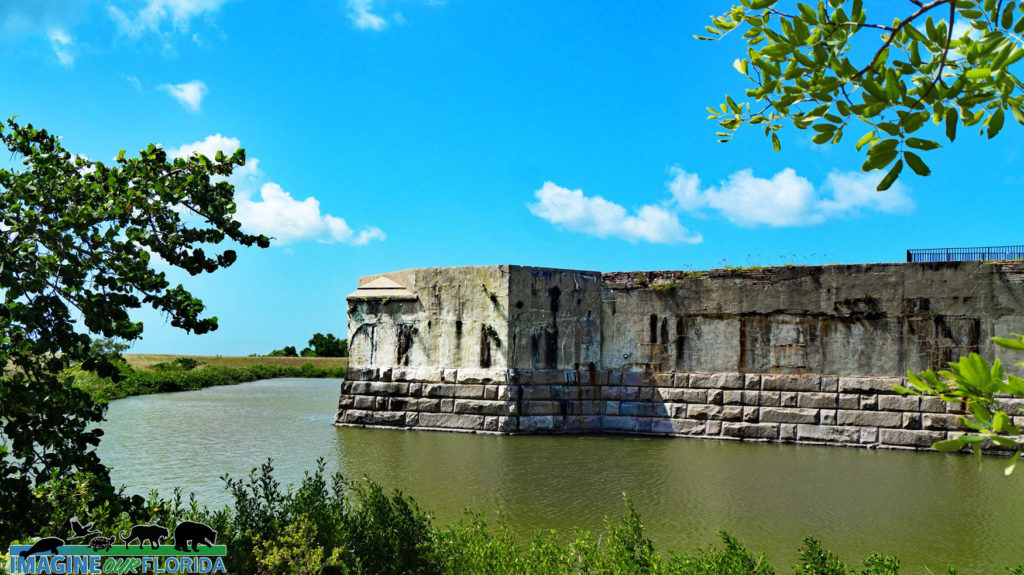
Trimble Park
Trimble Park —
Nestled between Lake Beauclair and Lake Carlton on the Harris Chain of Lakes lies an outdoor paradise. Trimble Park, operated by Orange County, is located near Mt. Dora in Tangerine.
Saunter along the 1.2-mile loop trail surrounded by ancient oaks. The trail runs along the perimeter of the 71-acre park. Wind through forests of pine, oak, and cypress trees. Walk on a boardwalk through the wetlands. Pause near the lakes to enjoy the view and the wildlife who make their homes there. There are plenty of benches to rest on for your wildlife viewing pleasure. Much of the trail is shaded. Bring your lunch and enjoy it at one of the many picnic tables, some of which are under a shaded structure.
Camping sites are available for your tent or RV. Launch your boat, canoe, or kayak from the boat dock. There are playgrounds for your kids. Your dogs on a 6-ft leash are welcome too!
For more information: http://orangecountyfl.net/CultureParks/Parks.aspx…
Park map and more: https://www.ocfl.net/…/Camping%20at%20Orange%20County%20Par…
Cedar Key
If you are looking for a place to escape the hustle and bustle of life, look no further than Cedar Key. A place where the locals greet you with friendly smiles, where shorebirds frolic in the waters, ospreys soar overhead, and a multitude of habitats are waiting to be explored. Your trip begins on Highway 24 in Levy County, where you drive from the mainland on low bridges, over picturesque channels, and salt marshes onto Cedar Key.
A pencil factory was once located on Cedar Key, where the cedar trees supplied the wood for the pencils. The first Florida coast-to-coast railroad ended at Cedar Key before it was rerouted to Tampa. Shell mounds give us a look into the lives of the indigenous people who called Cedar Key home long ago. Today, about 800 permanent residents welcome visitors to their unique island.
Cedar Key is a Nature Lover’s paradise, where visitors can stroll along nature trails, birdwatch, and paddle in the Gulf. The federally protected sanctuaries lure both shorebirds and migratory birds. Go on a coastal guided tour. Kayaks, paddleboards, and motorboats are available for rent to explore the Gulf of Mexico. Campgrounds provide space for your RV or tent.
Saunter along the Cedar Key Railroad Trestle Nature Trail, a 1,700 ft path of old Fernandina Cedar Key rail line. Let the cedars and pines shade you as the songbirds serenade you with sweet melodies. Watch for a beautiful variety of wildflowers with butterflies flitting about. At Cemetary Point Park, there is an easy walk along a 1299 foot boardwalk through mangroves. Cedar Key Museum State Park Nature Trail is a short stroll where you will see gray squirrels playing, woodpeckers in search of food, mocking birds tweeting, and green tree frogs resting.
The swamps, marshes, and wetlands are home to American avocets, ibises, roseate spoonbills, herons, egrets, pelicans, and more. Dolphins play in the Gulf. Thousand of birds visit during the fall and winter migration including, rare white pelicans. With its laid-back Old Florida vibe, Cedar Key is a perfect addition to your list of places to visit.
Photo Credit: Dan Kon
Canaveral National Seashore
Playalinda Beach at Canaveral National Seashore
Imagine spending a day at the seashore, a day free of condos, hotels, and tourists. A day where you can be one with nature in a place where you feel the power of the ocean, hear the pounding of the waves and share all of that glory with only your friends and the wildlife who make their home there.
There is a little-known gem in Florida known as Playalinda Beach. It is a part of Canaveral National Seashore. Take a trip to Titusville, go east on Garden Street, and continue driving east until you reach the beach. The ocean is not visible from your car. As you drive parallel to the ocean, you will see sand dunes on your right. There are 13 parking areas, each with its own boardwalk. Any of the boardwalks will lead you over the sand dunes where the ocean in all of its magnificence will appear before your eyes.
There you will meet some of the 310 species of birds found at Canaveral National Seashore, including migratory birds, who will enjoy the beach with you. If you are lucky, you may meet a loggerhead, green or leatherback sea turtle who makes her nest in the sand or hatchlings as they make their way to the ocean. Enjoy your day swimming, surfing, sunbathing, fishing, and bird watching.
Stop along the way to or from the beach and explore by car or on foot, some of Canaveral National Seashore ecosystems. These include a barrier island, offshore waters, lagoon, coastal hammock, and pine flatwoods. Outdoor experiences include canoeing, kayaking, boating, hiking, camping, and historical trails.
There is an abundance of wildlife and wildflowers at Cape Canaveral National Seashore. Keep your eyes open for bobcats, raccoons, and more. Look for beautiful flowers and the pollinators among them. We hope you encounter some of the threatened species who make their homes there. You may see Florida scrub-jays, Southern bald eagles, wood storks, peregrine falcons, eastern indigo snakes, and manatees.
Take a day, or two, or three, and immerse yourself in the beauty of natural Florida, the way nature intended it to be.

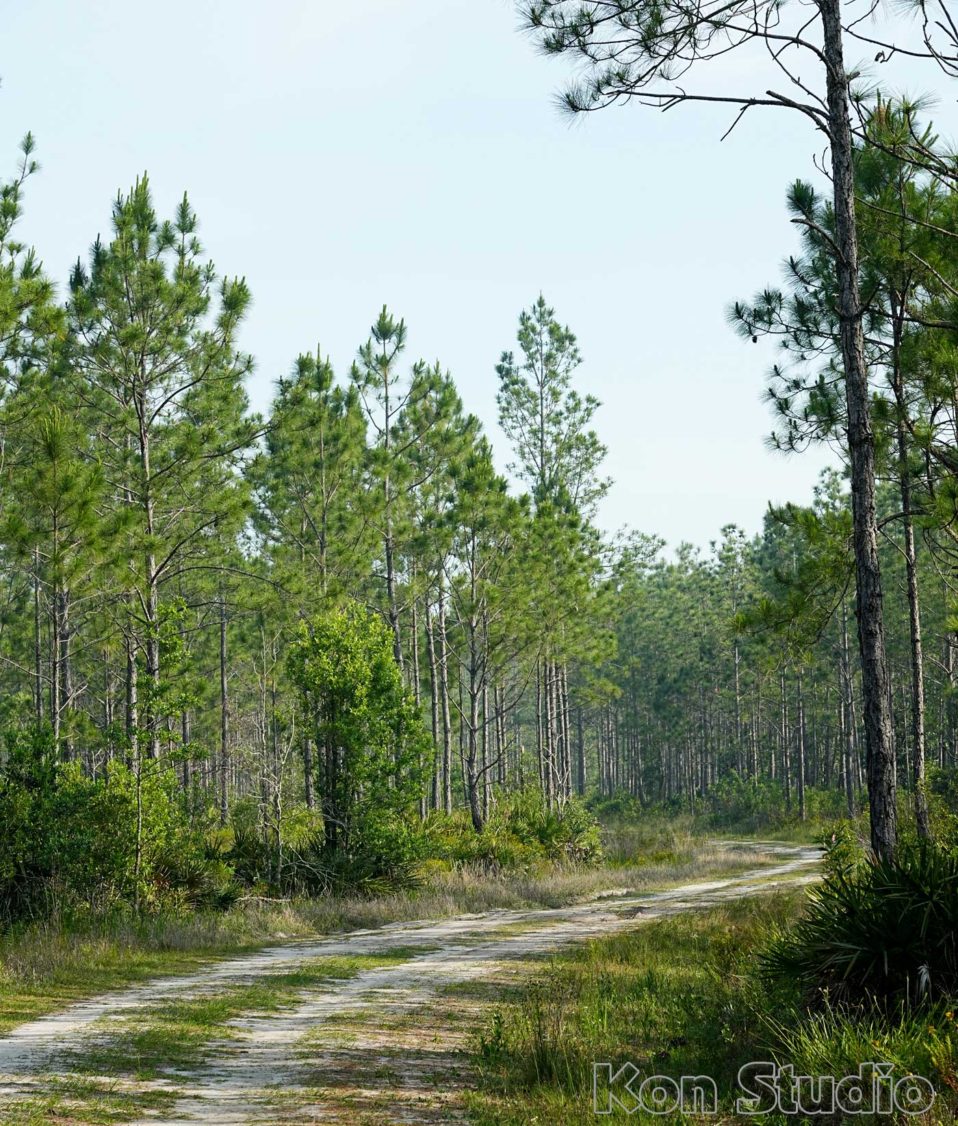
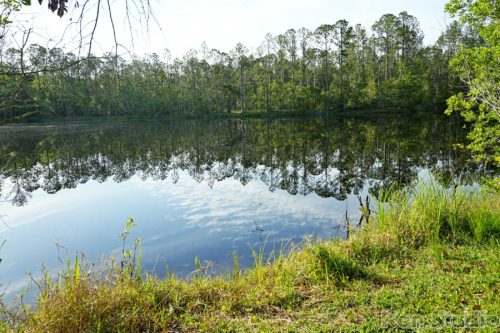
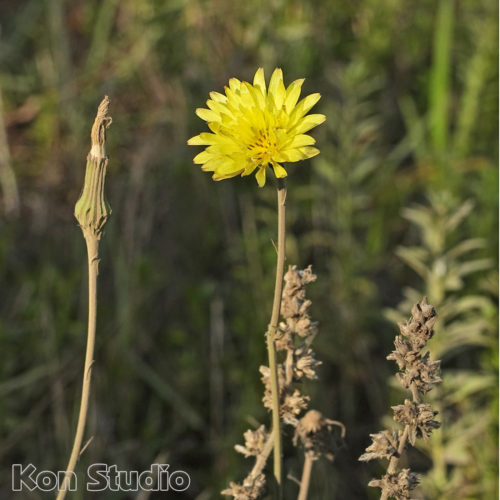
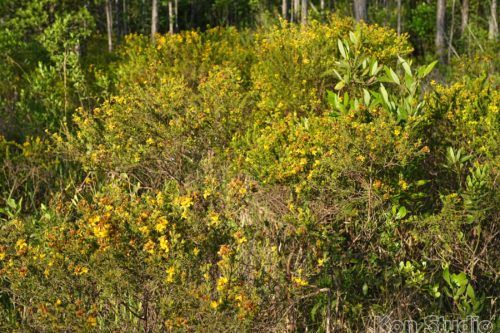
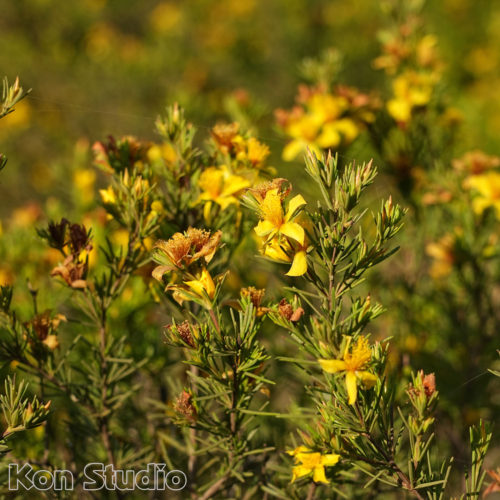
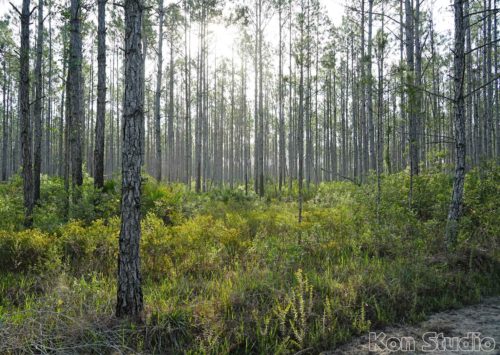
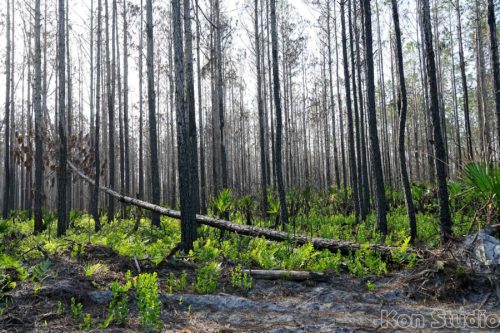
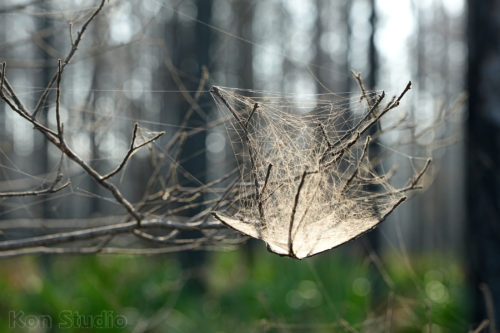
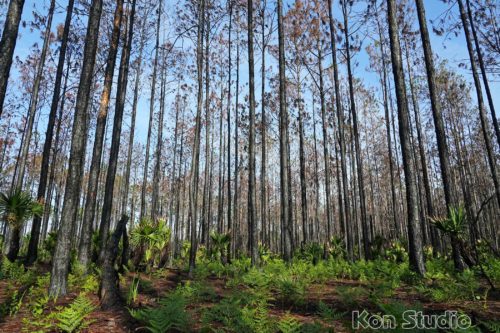
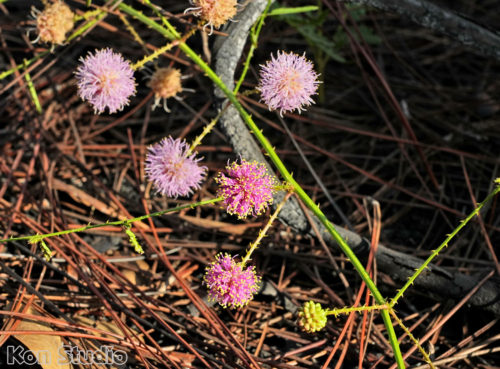
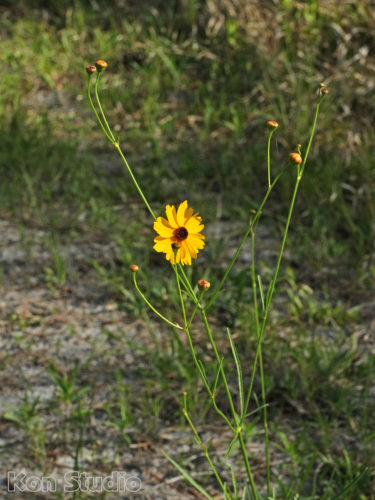
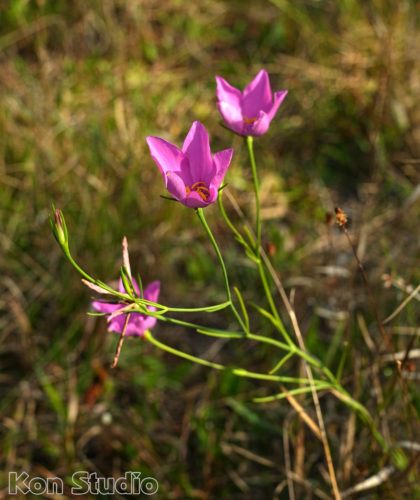
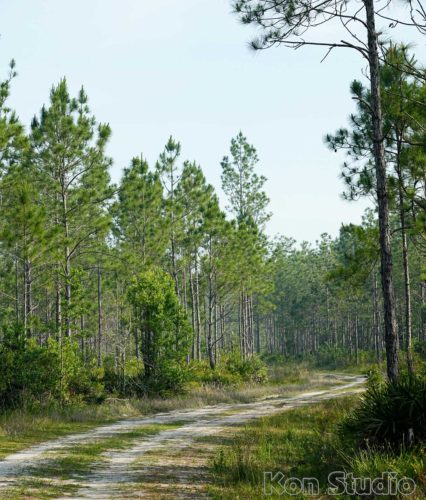
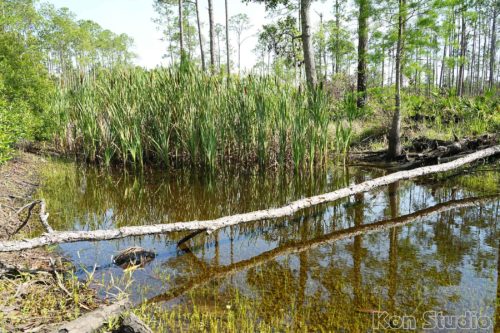
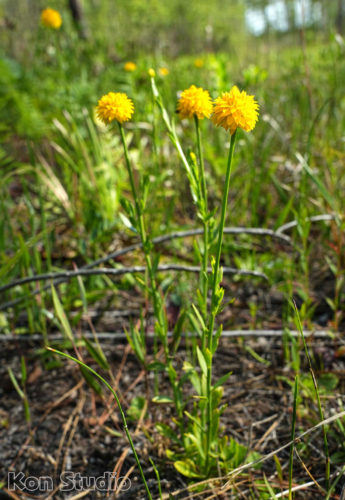
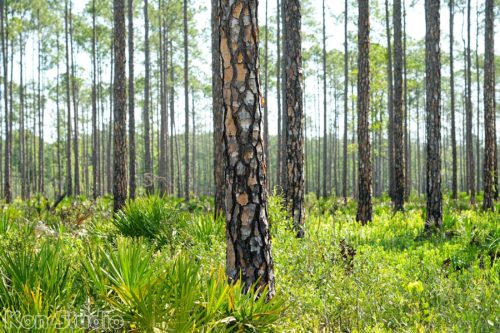
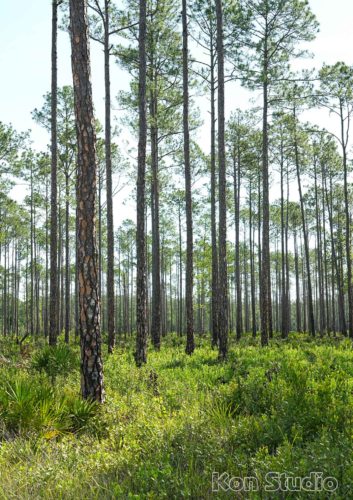
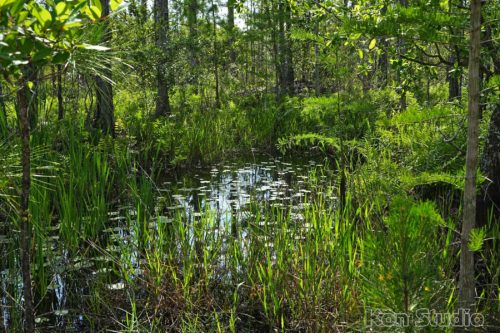
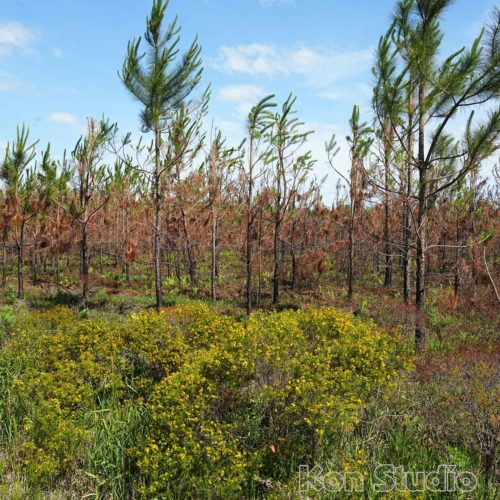
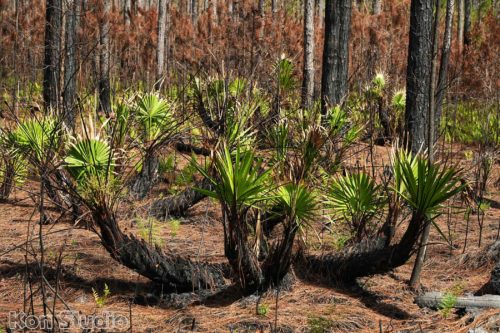

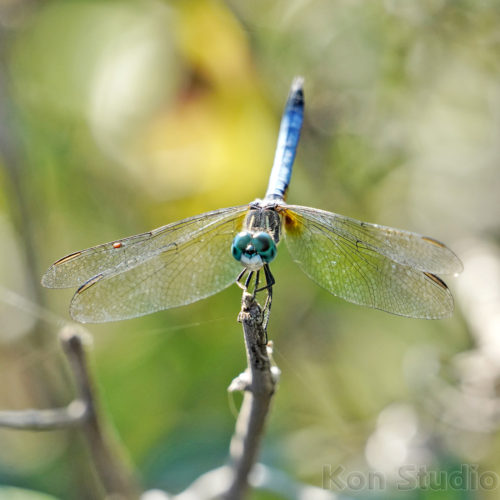
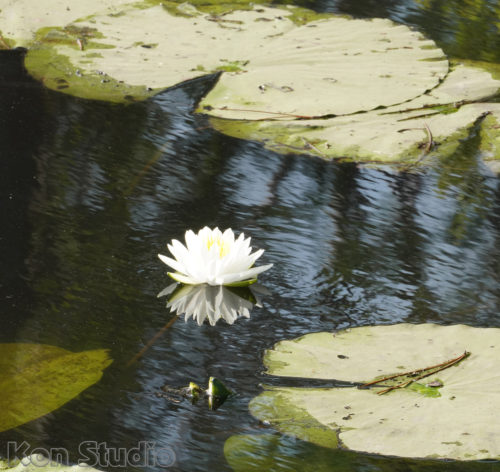
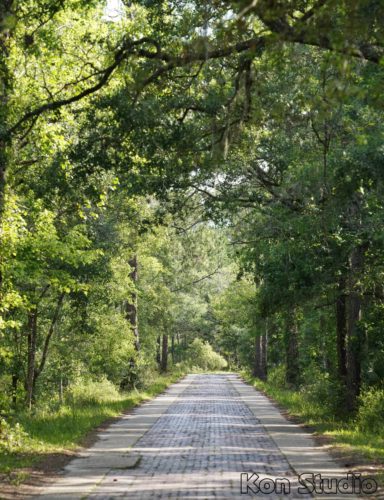
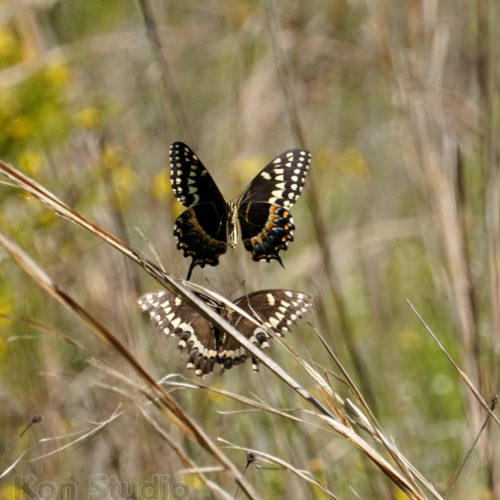
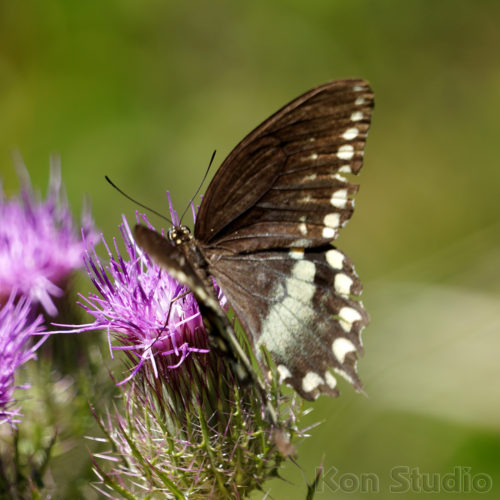
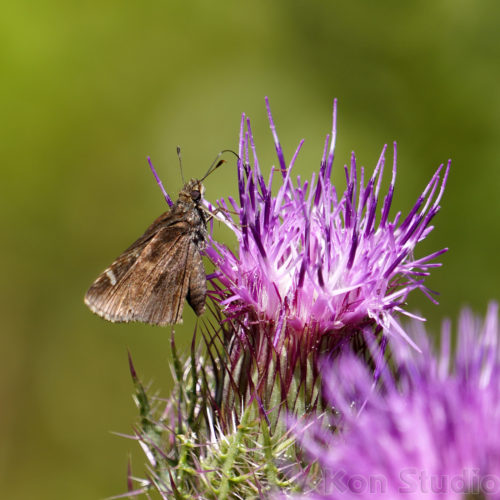
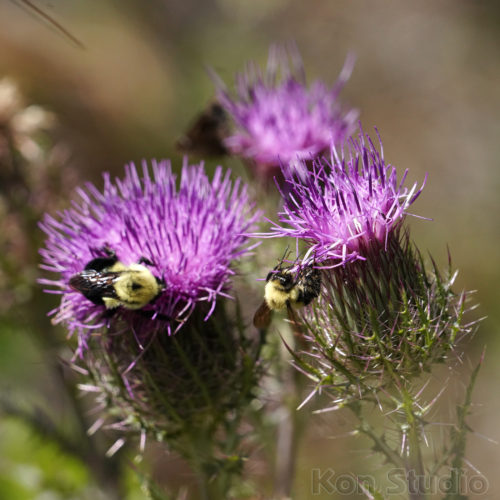
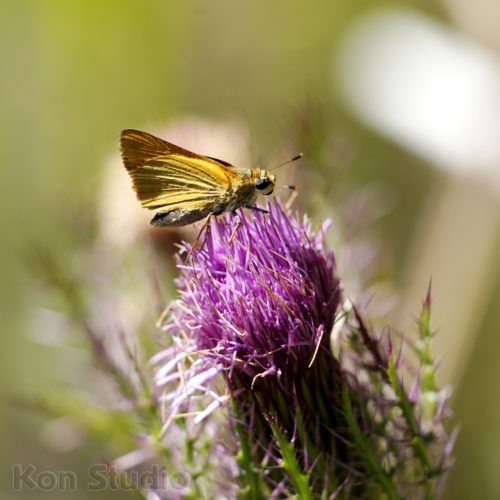
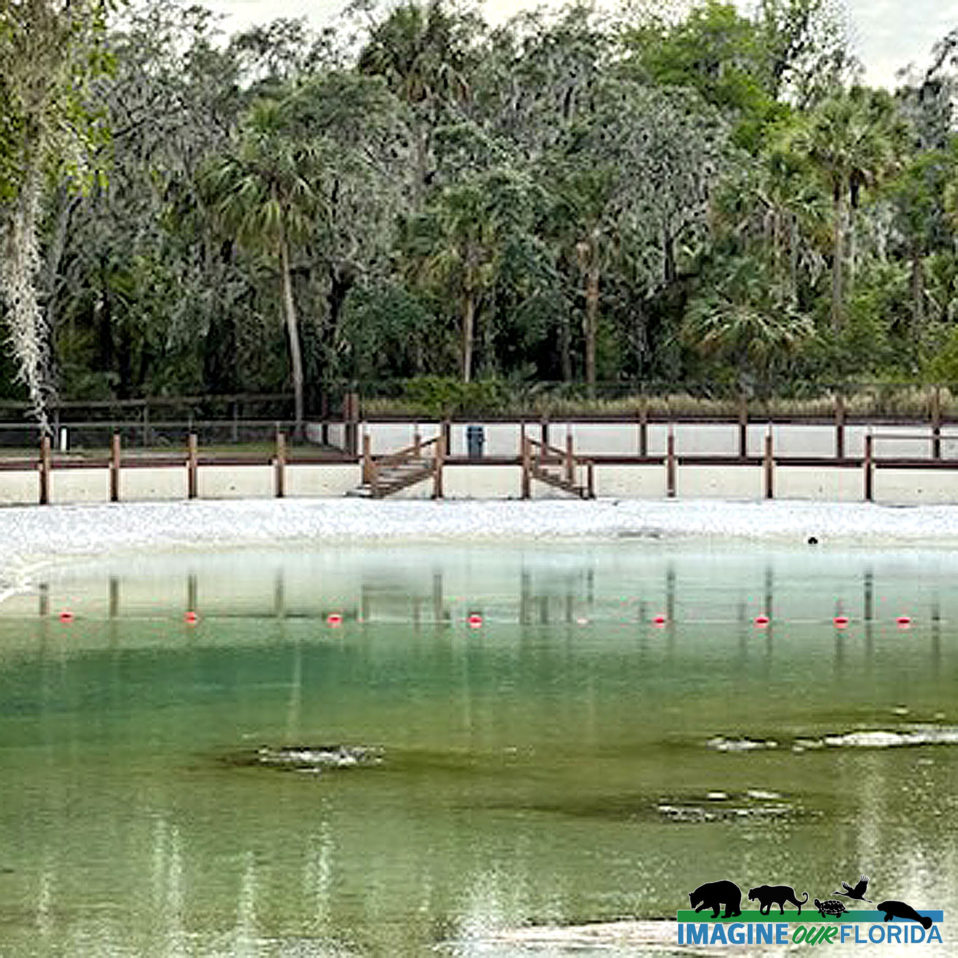
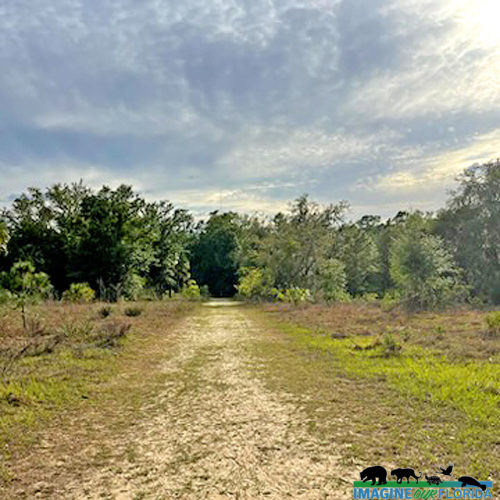
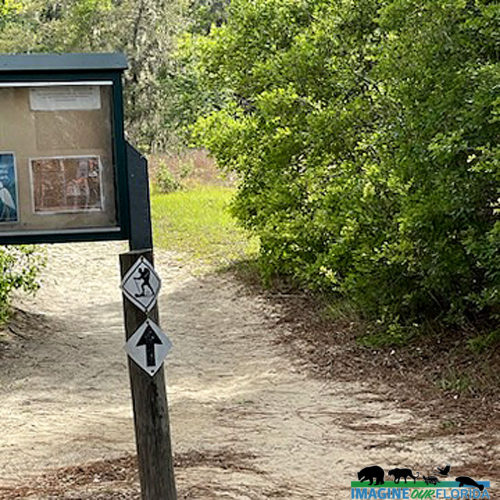
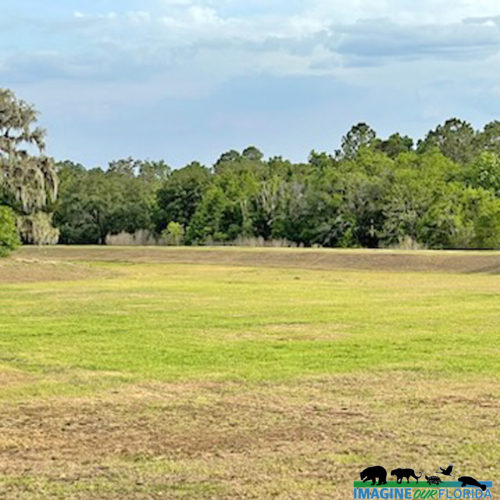
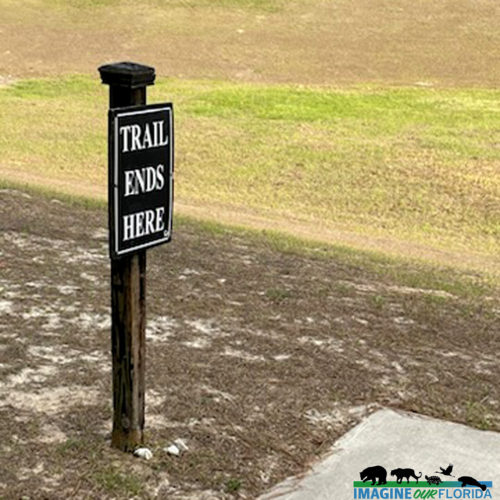
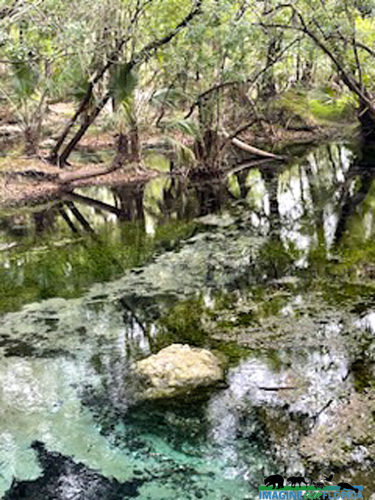
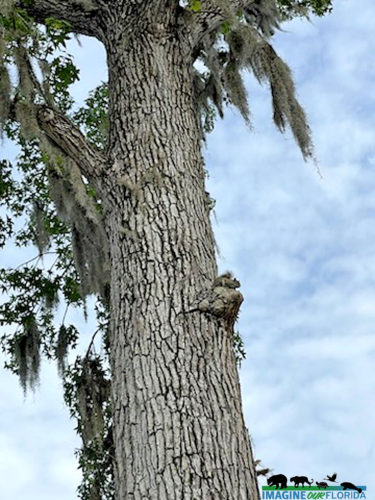

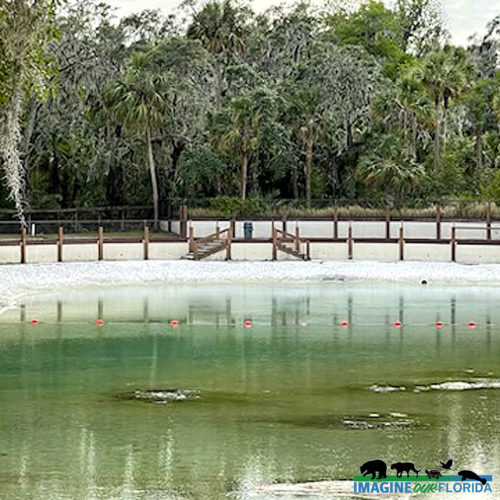
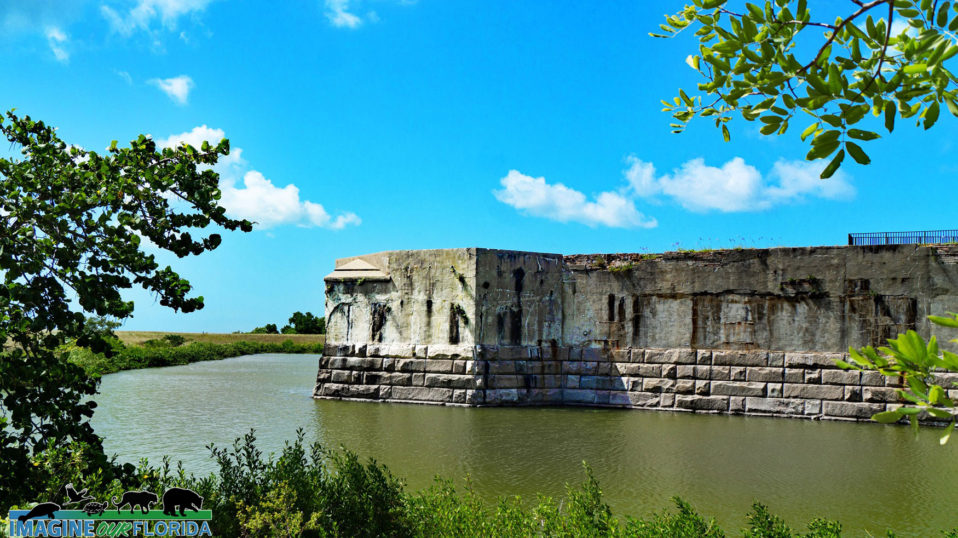
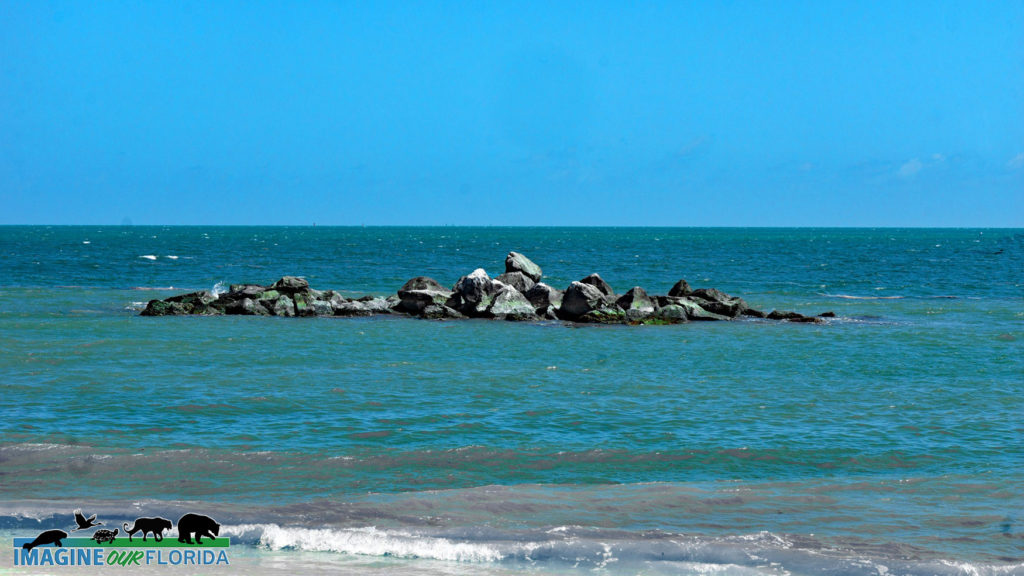
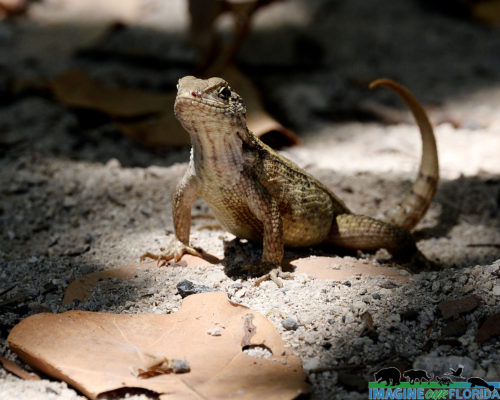
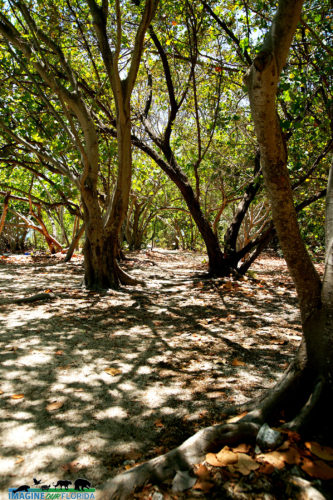
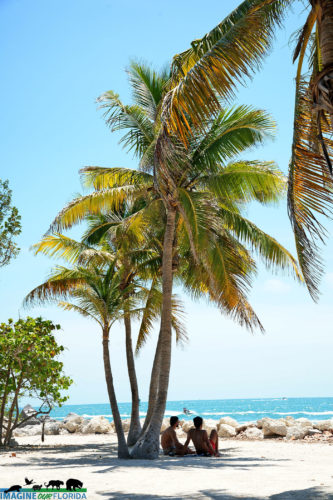
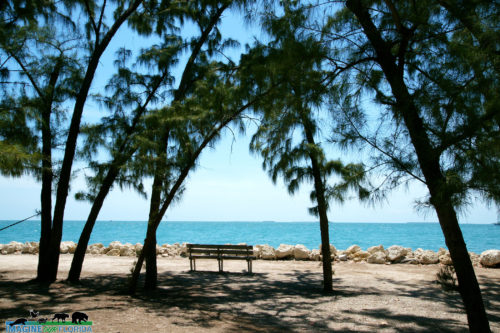
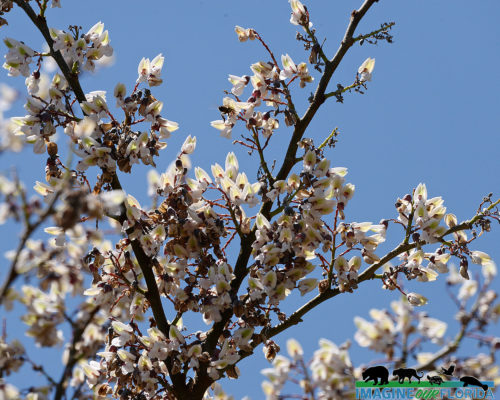
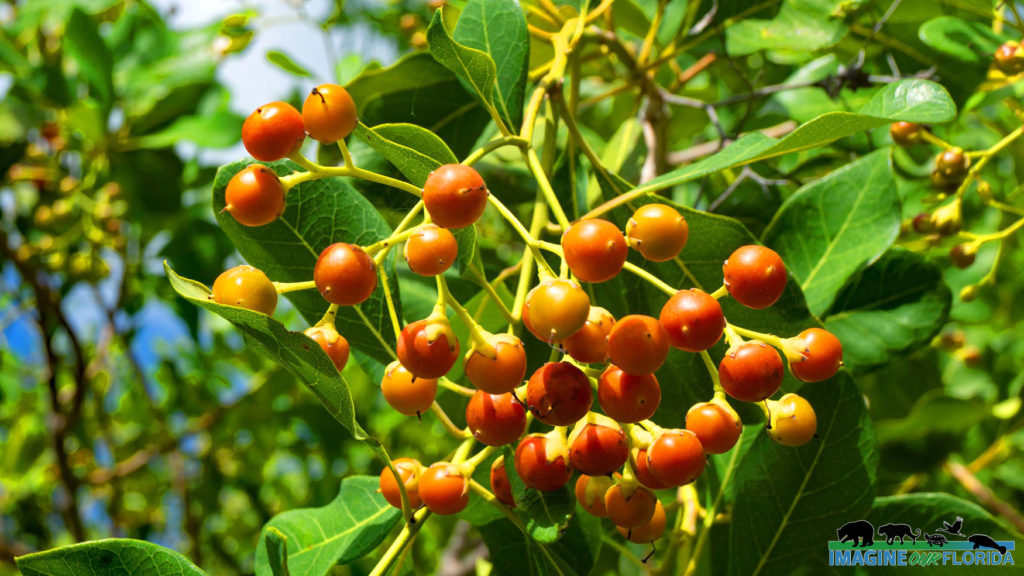
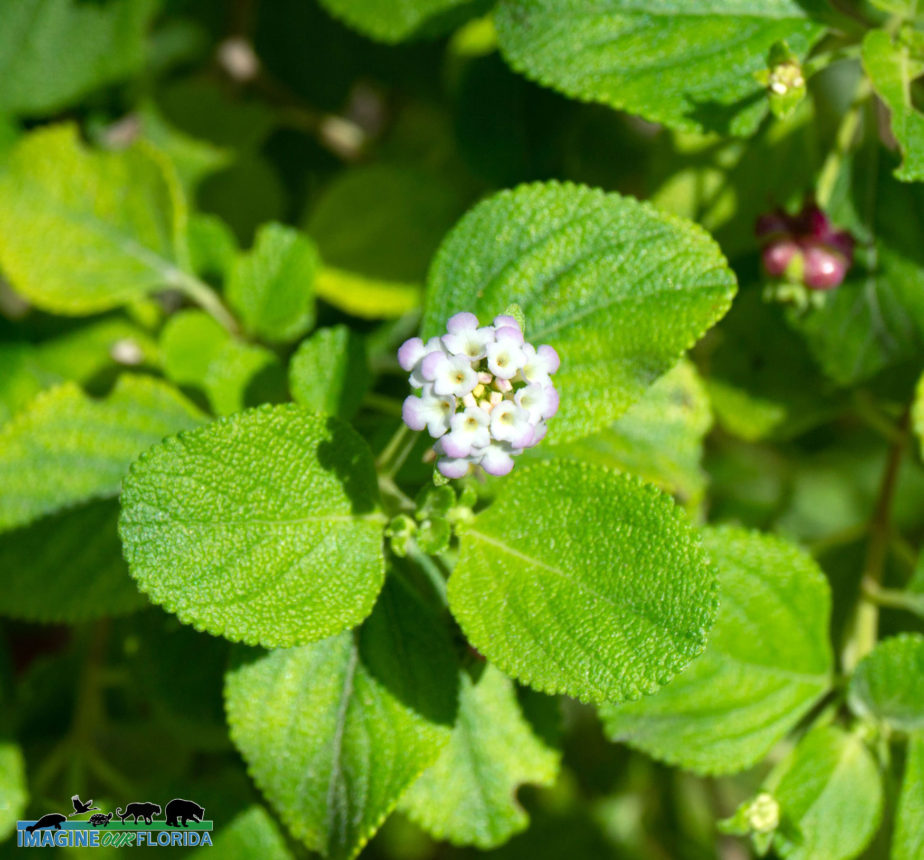
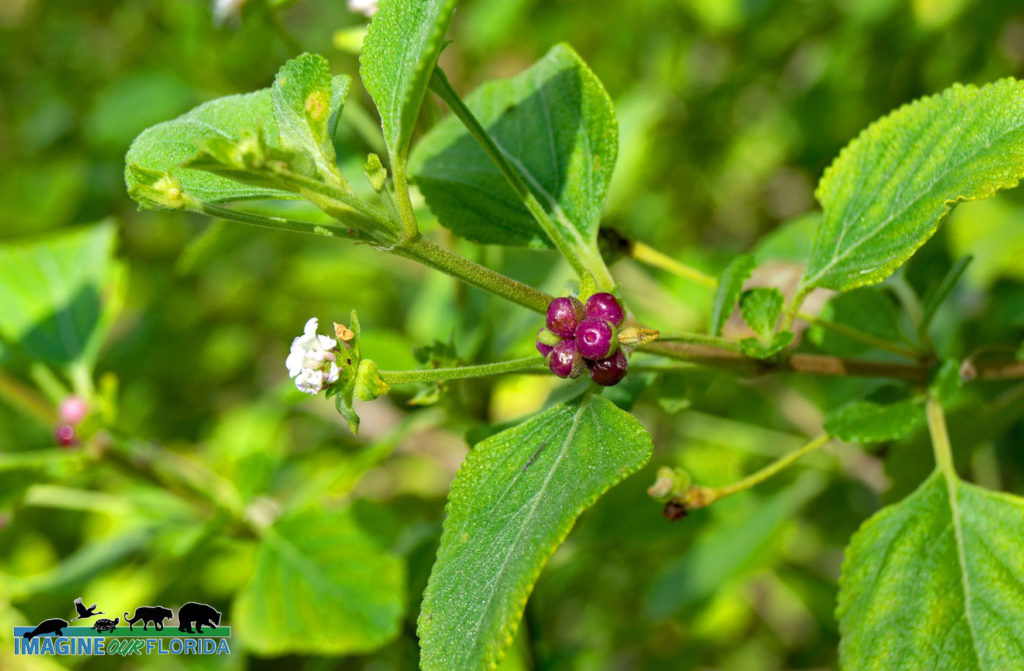
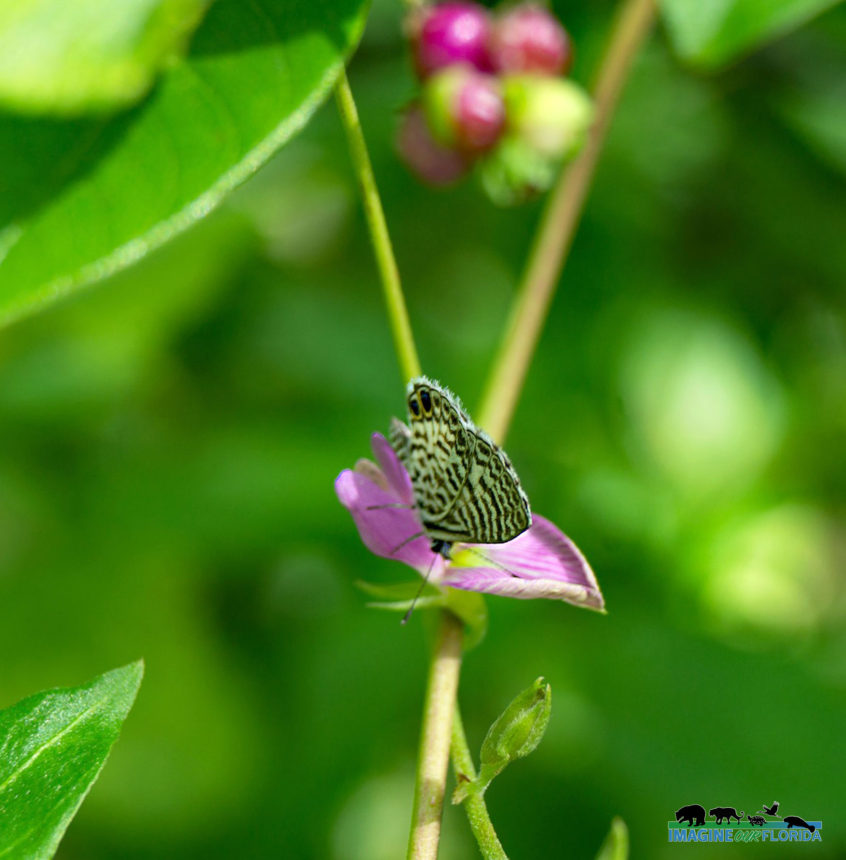
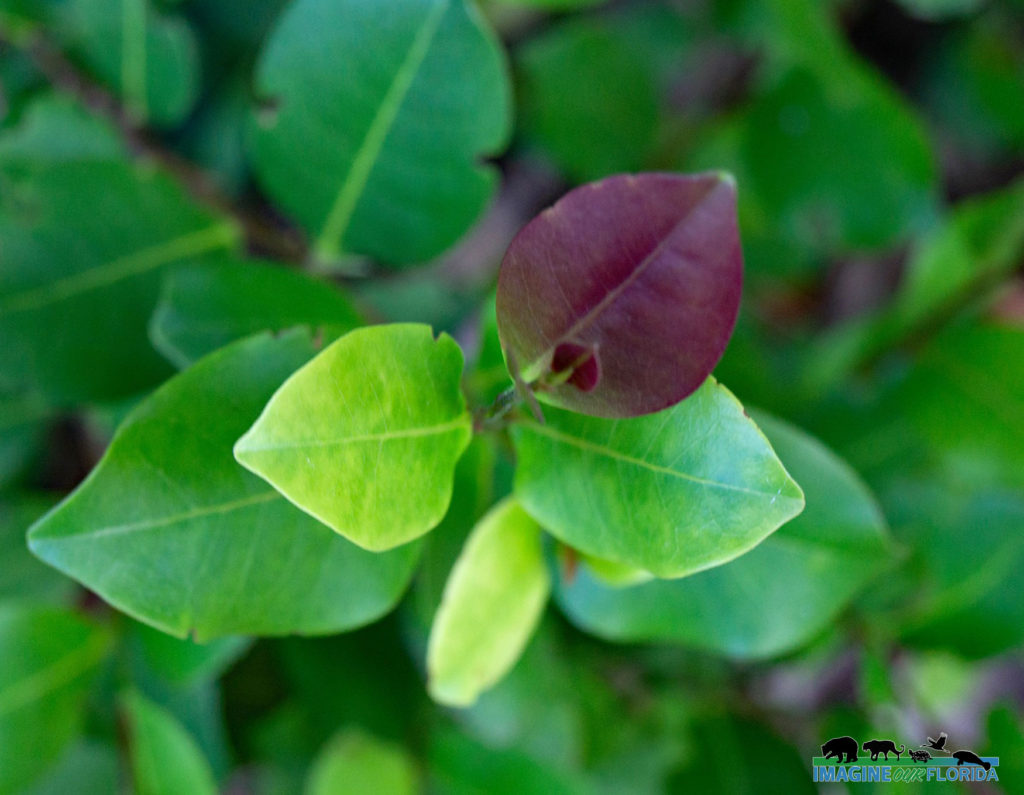
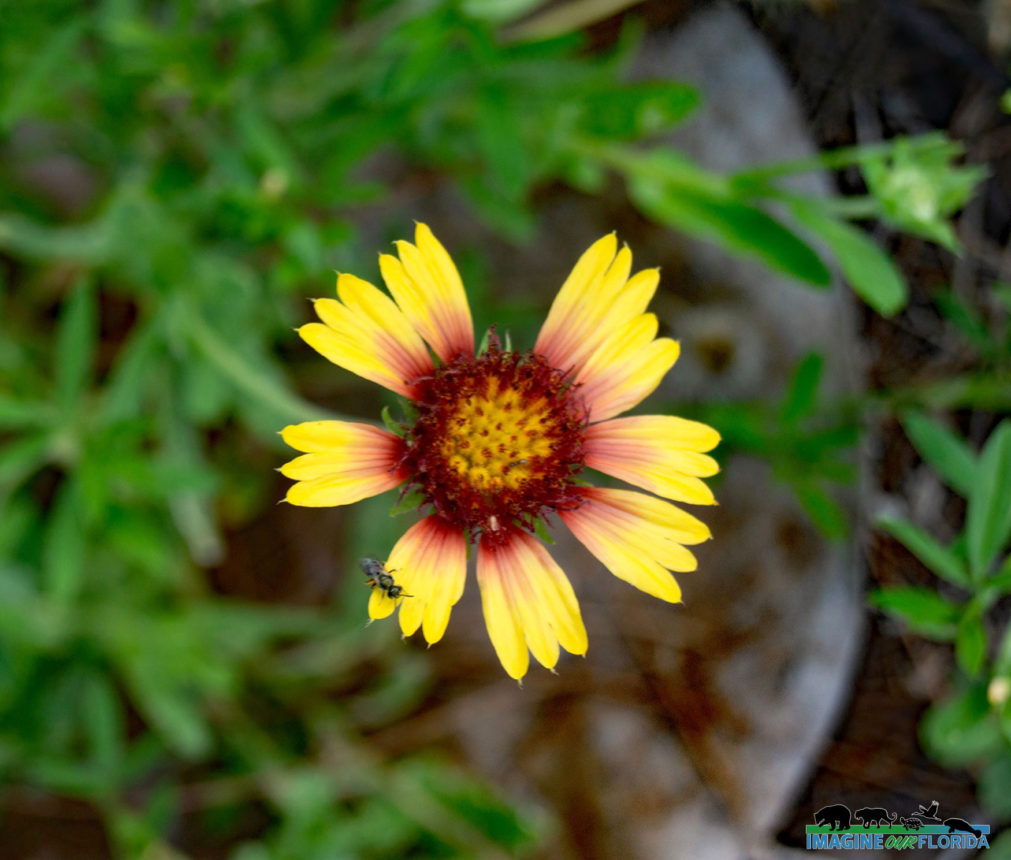
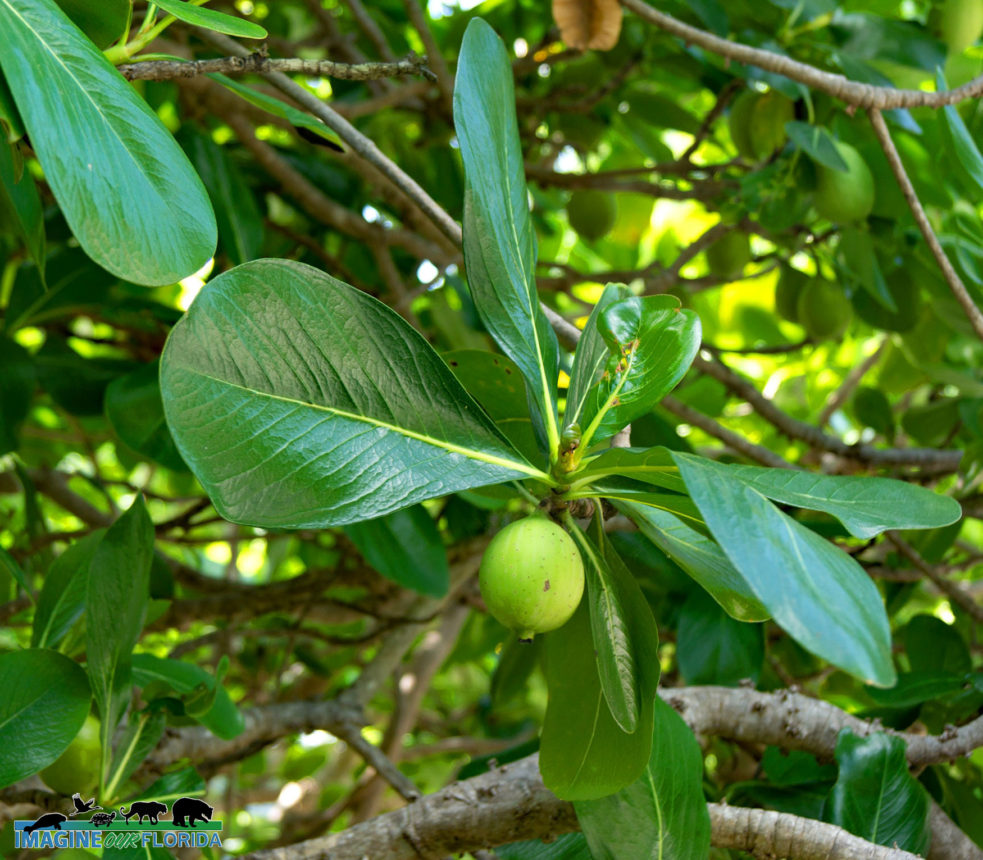
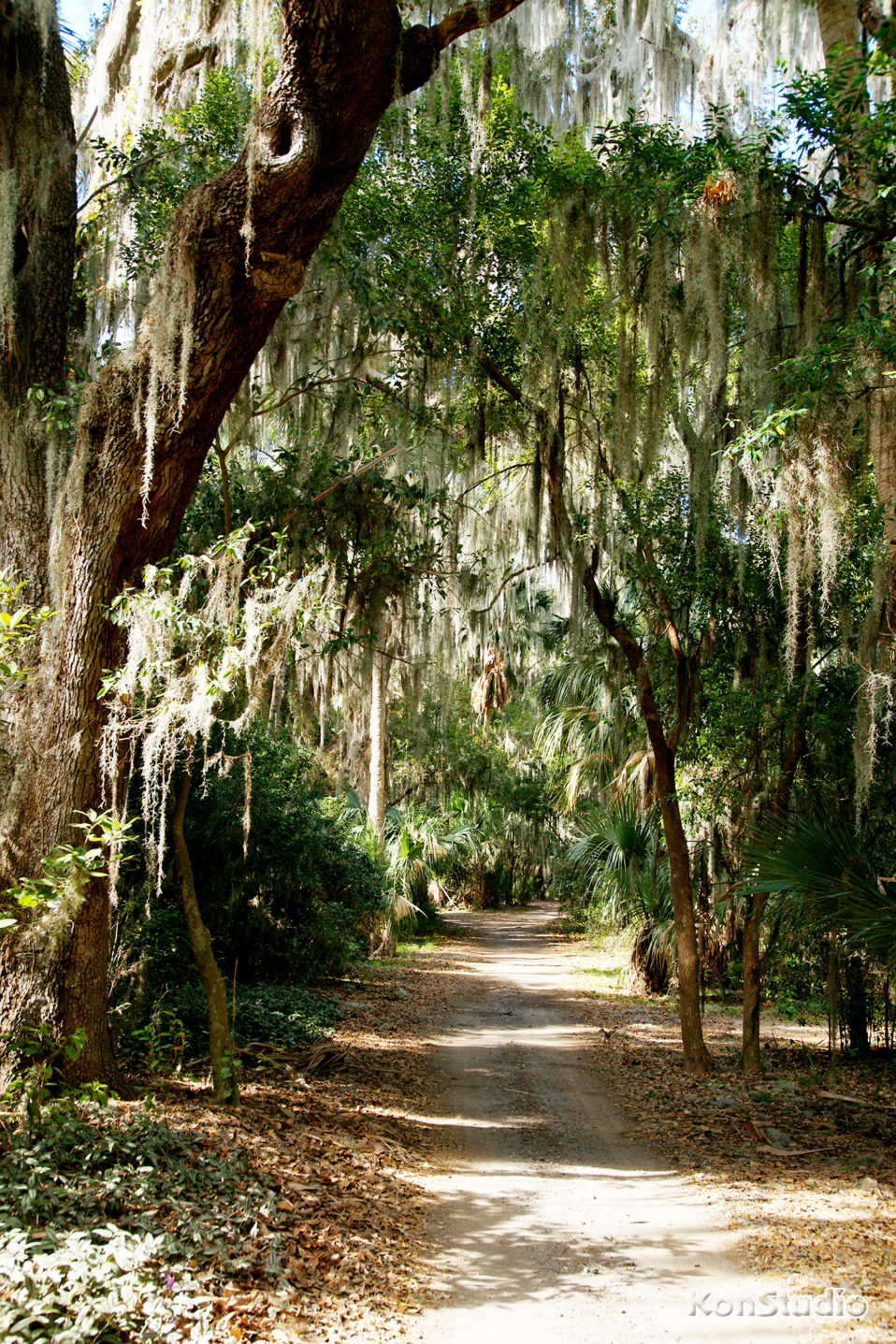
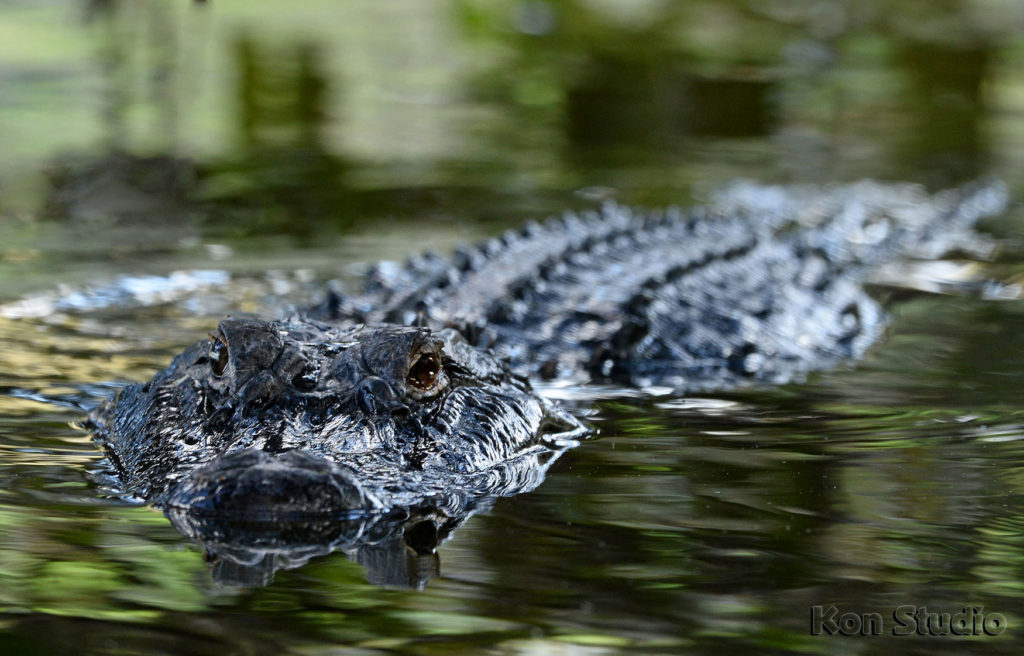
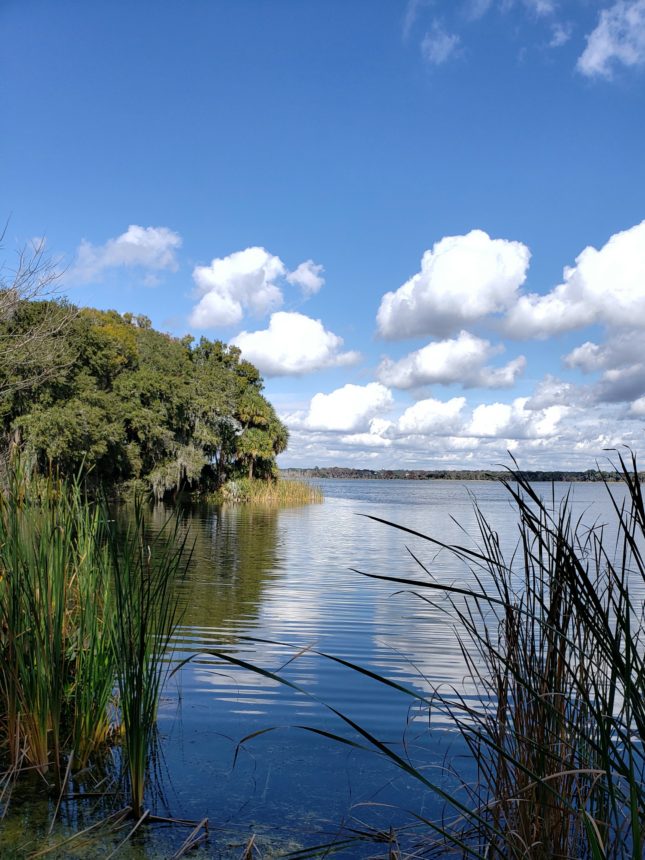
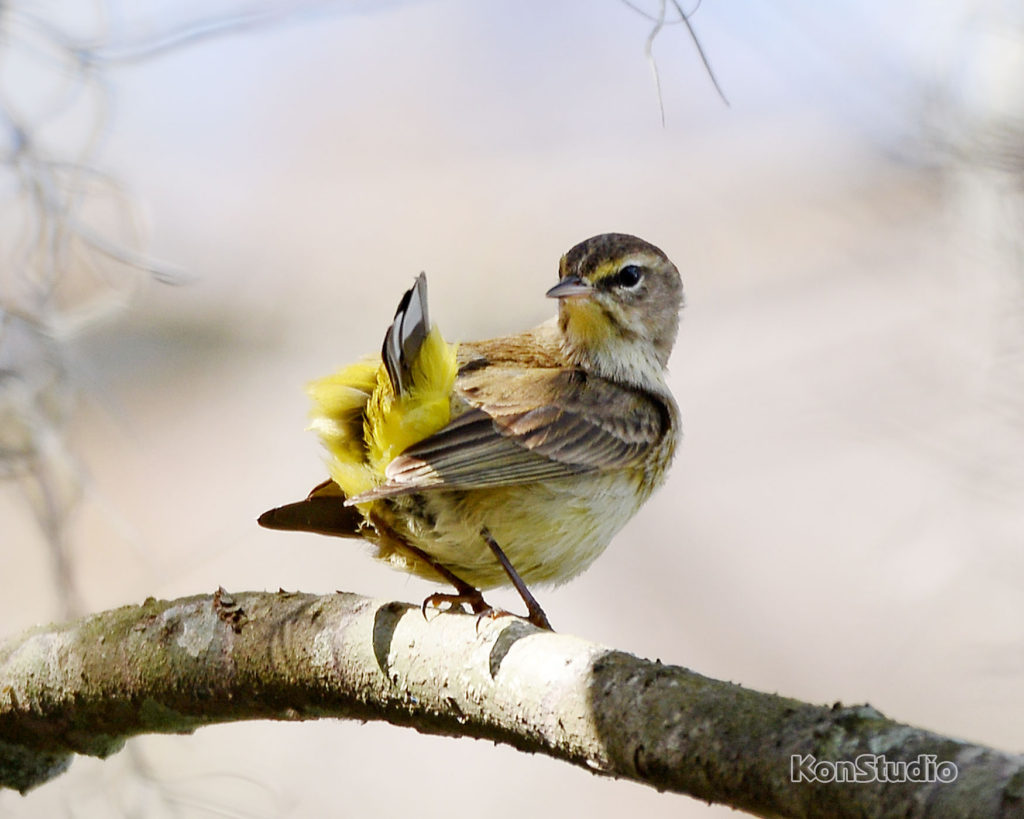
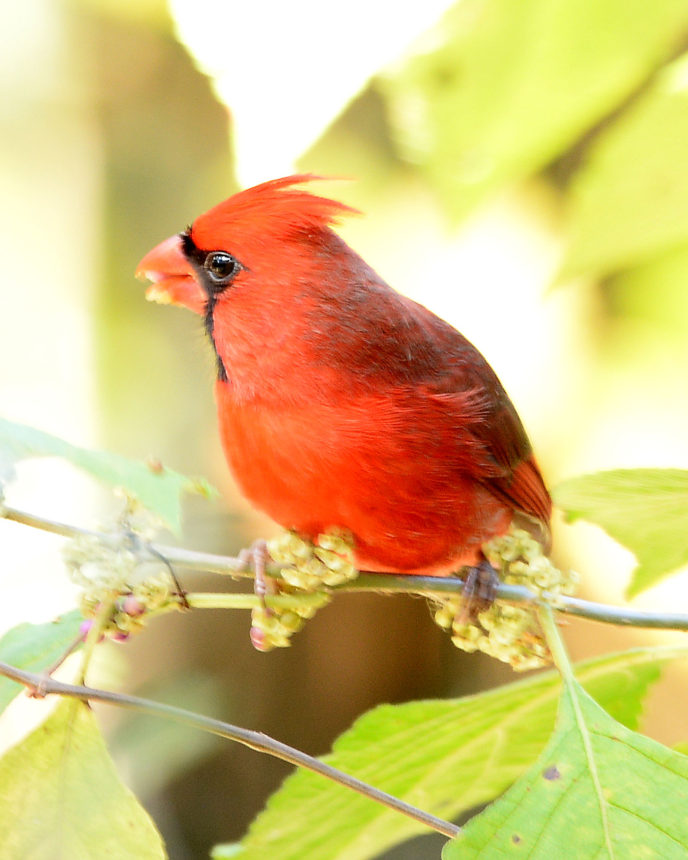
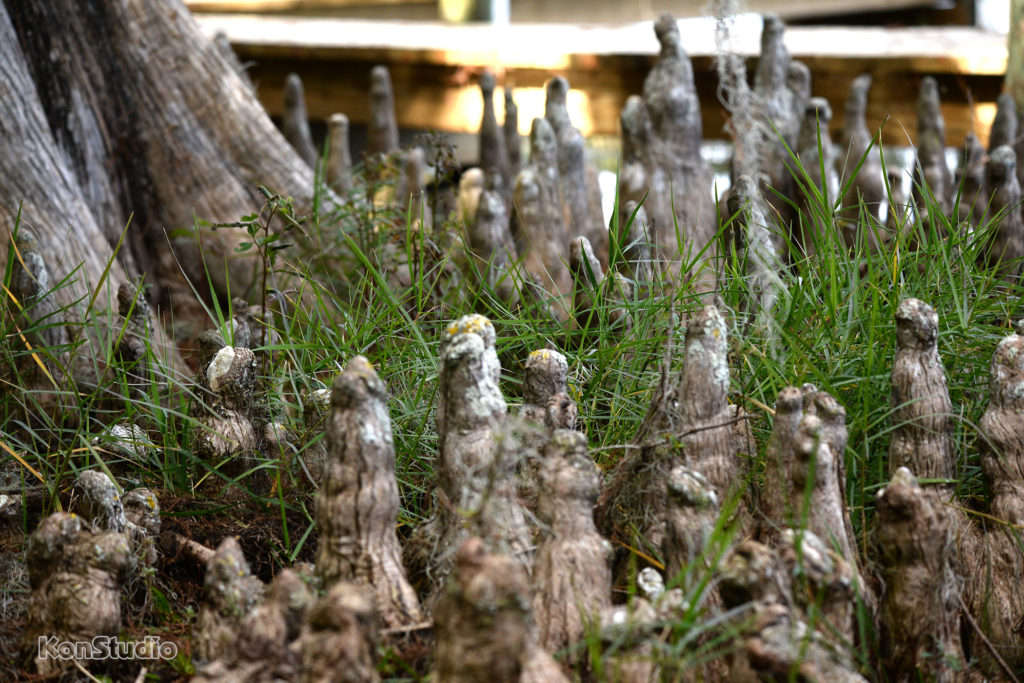
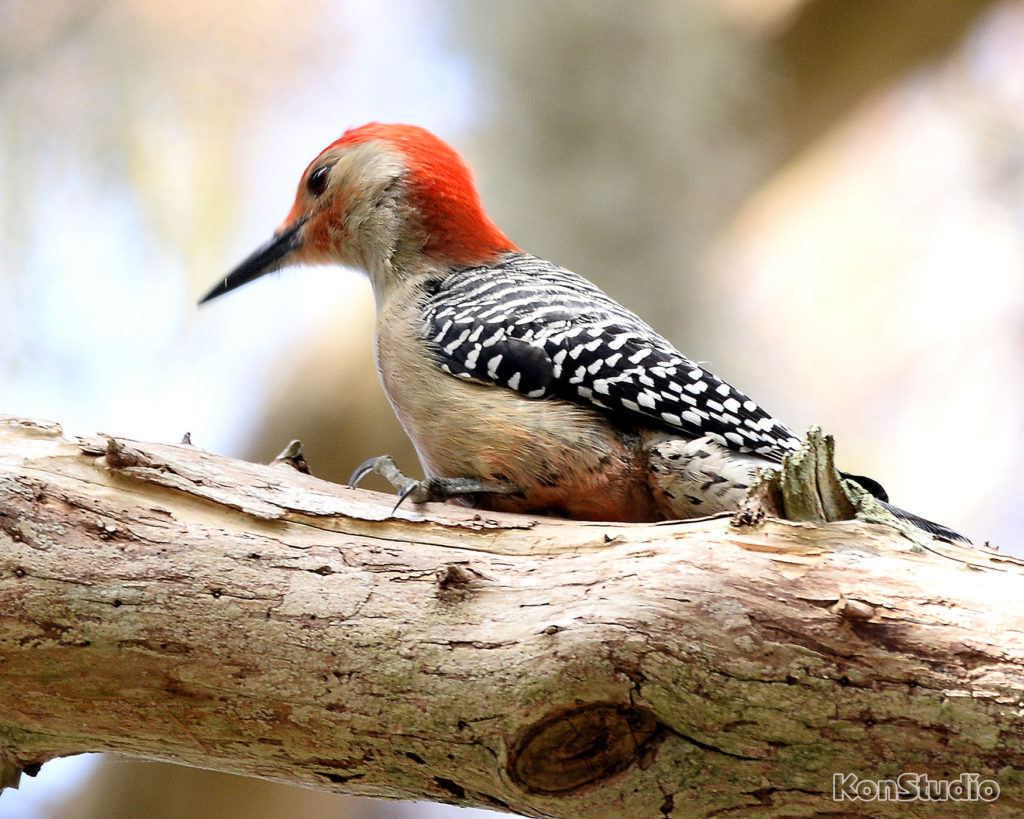
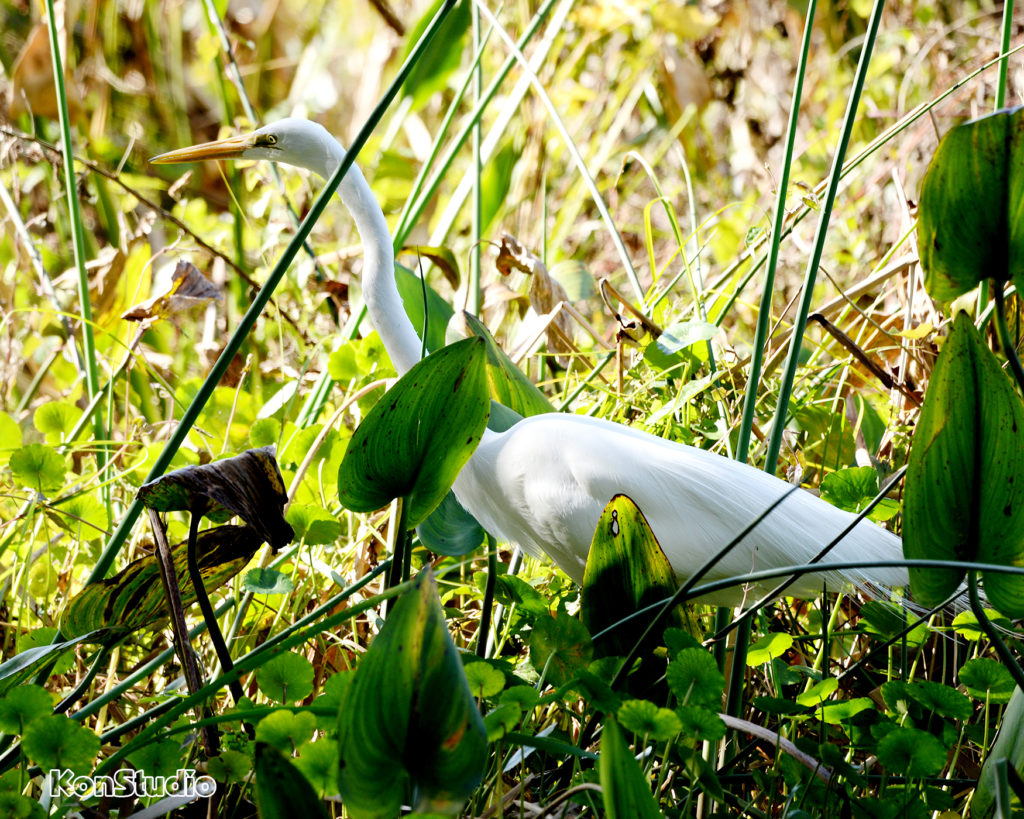
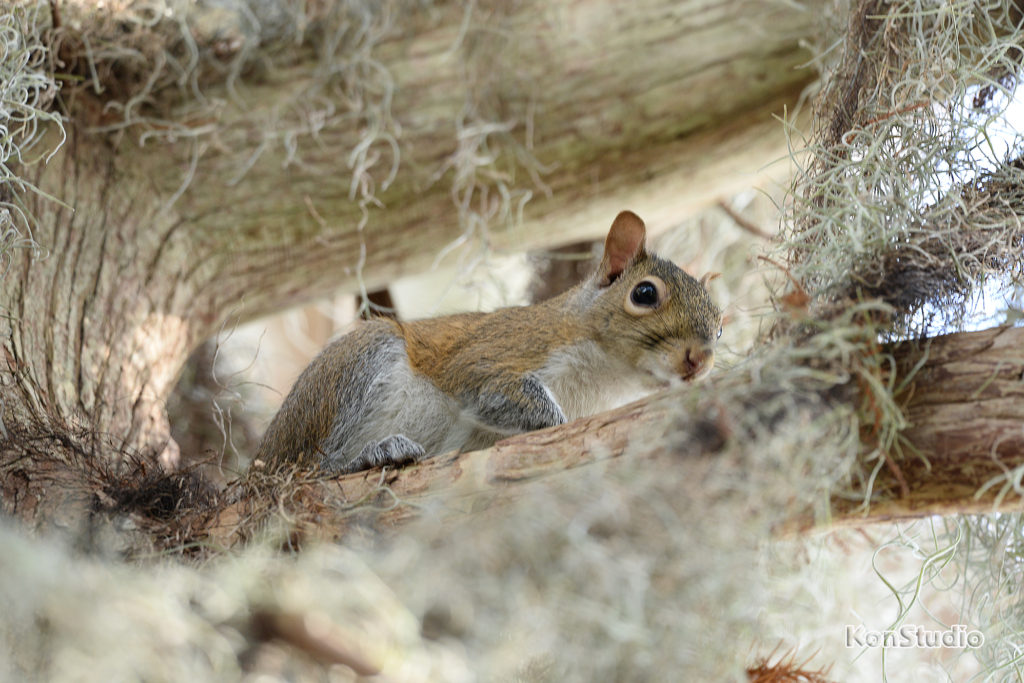
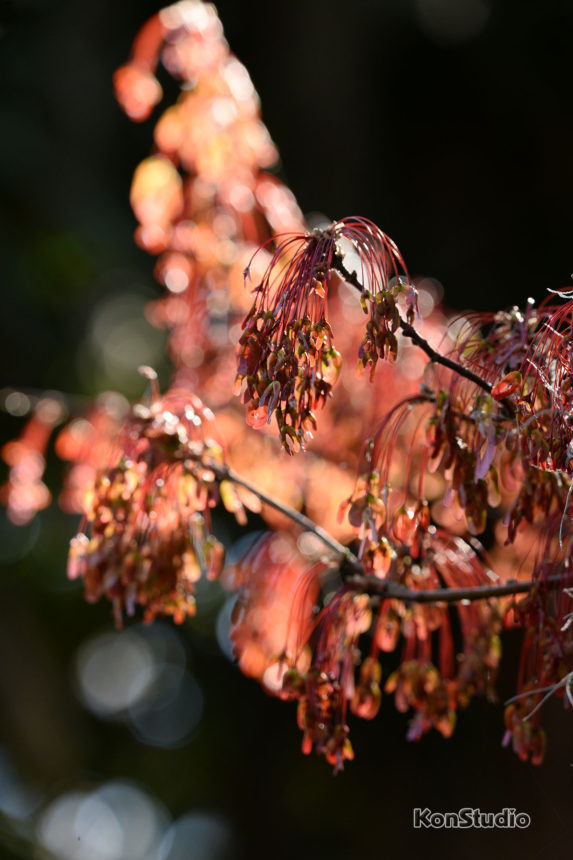
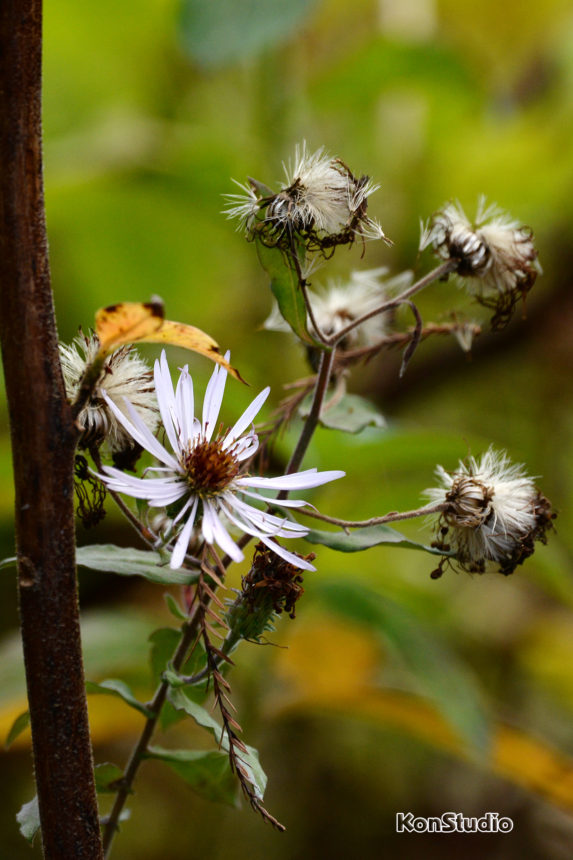
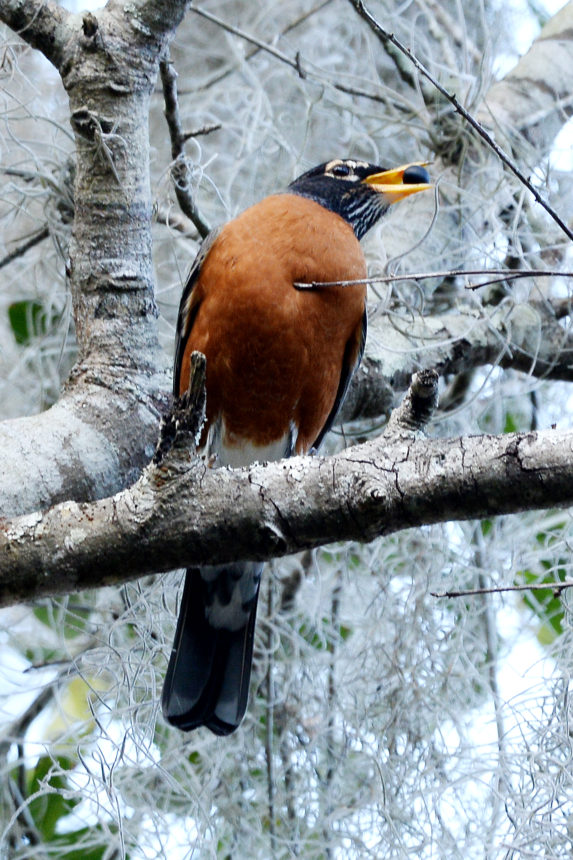
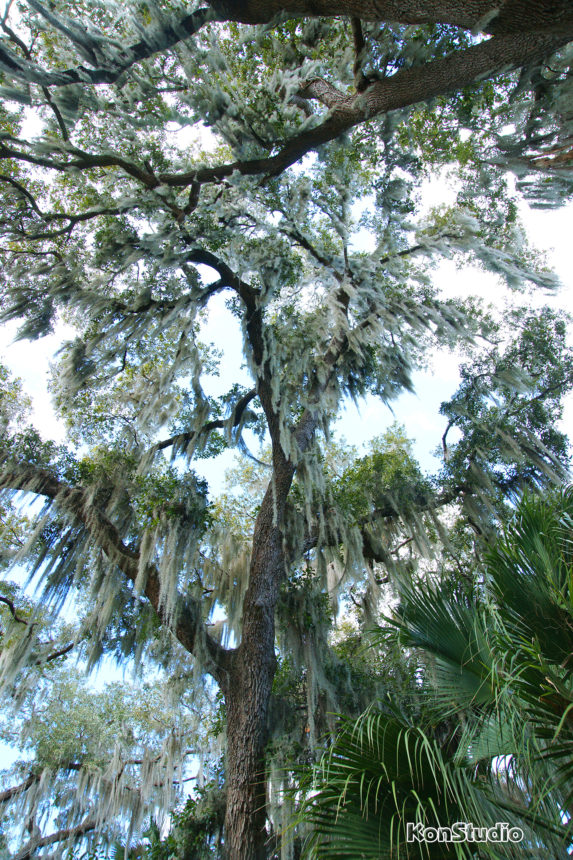
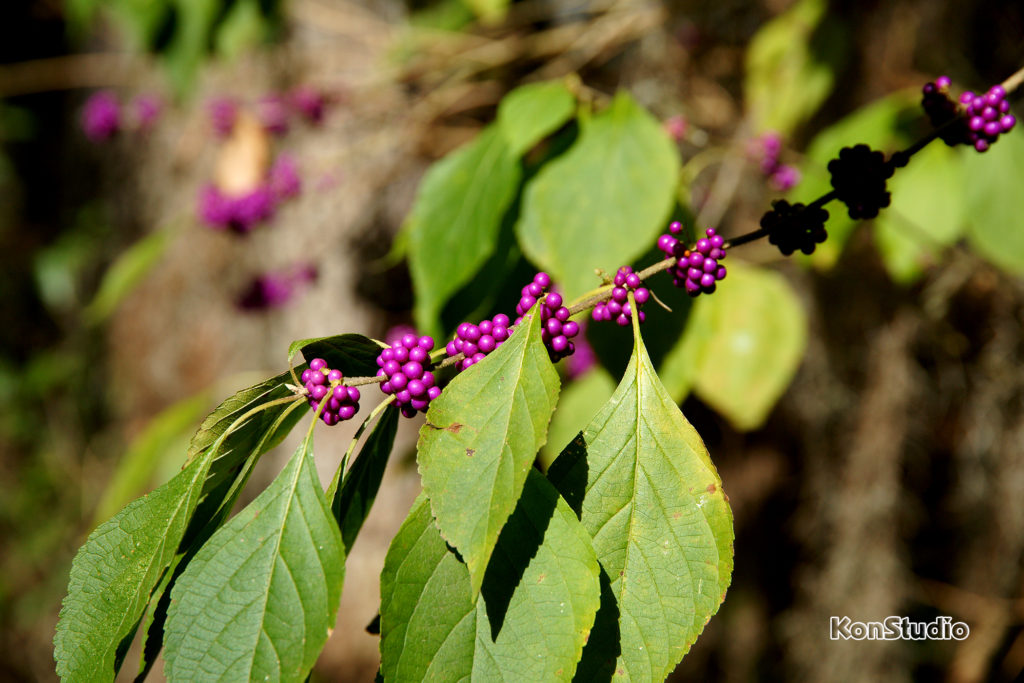
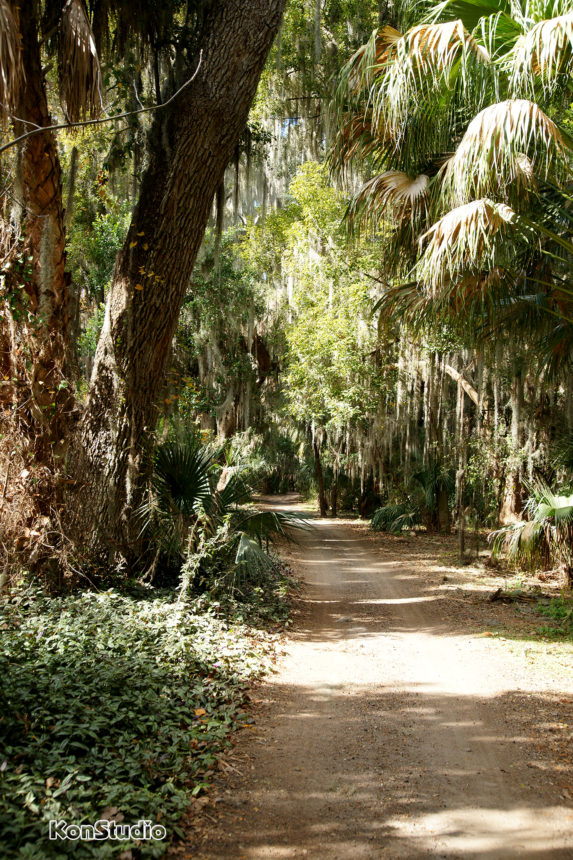
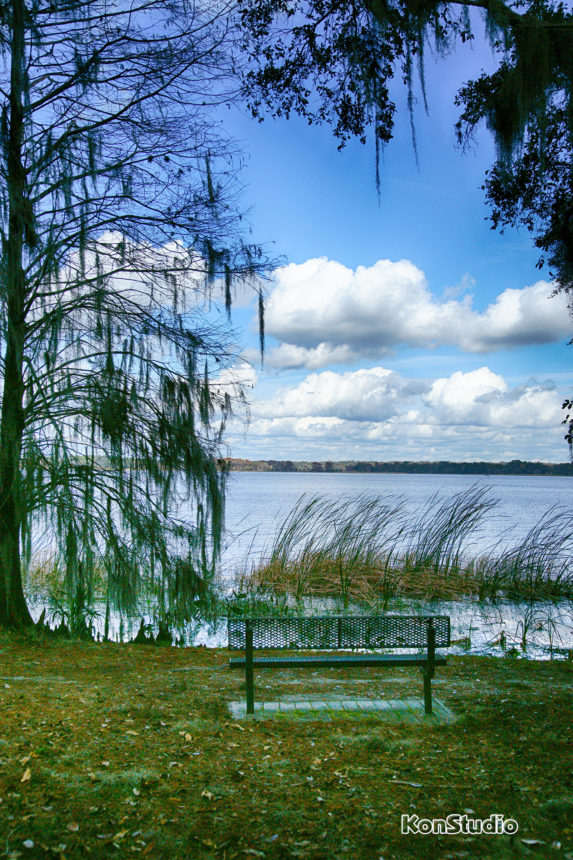
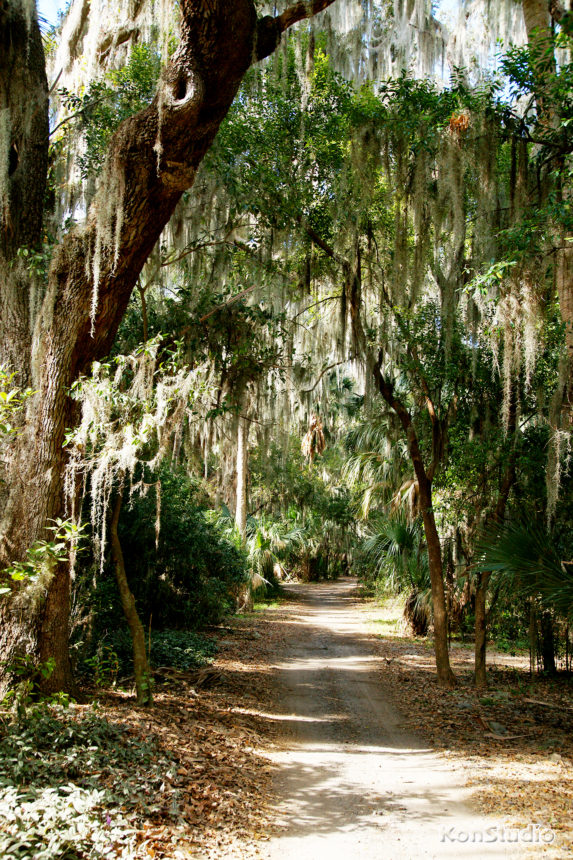
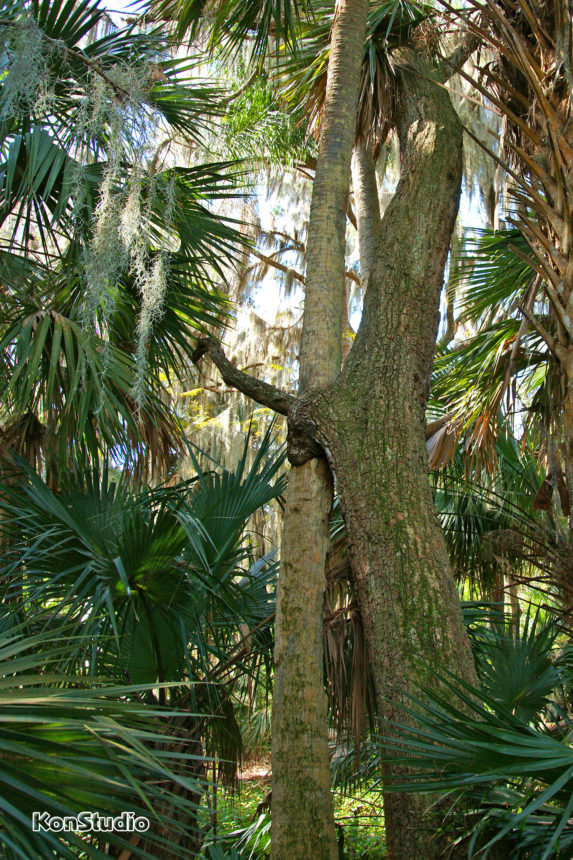
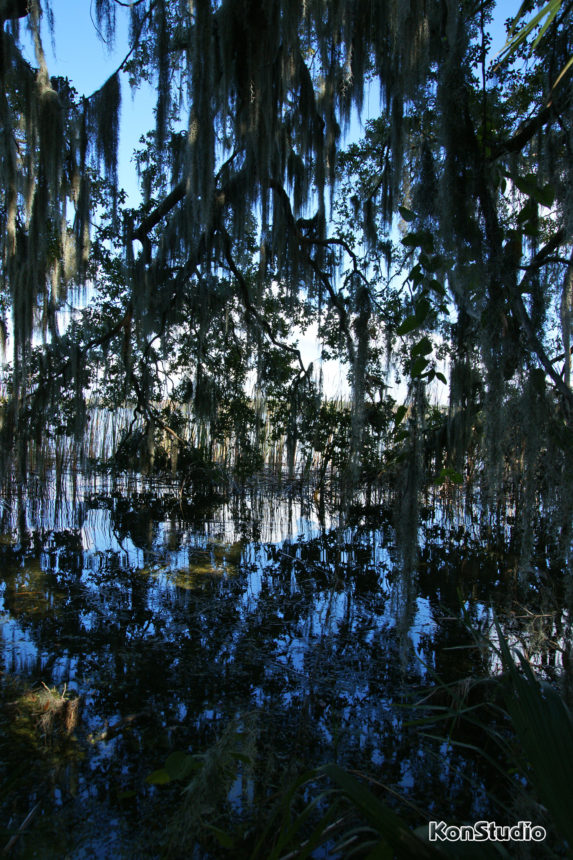
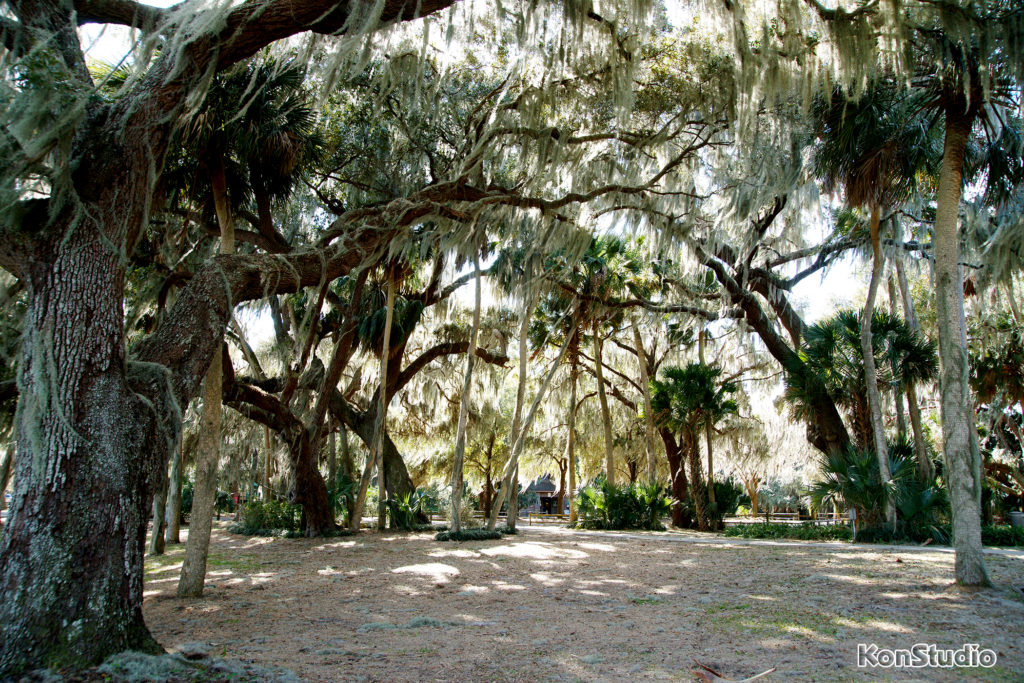
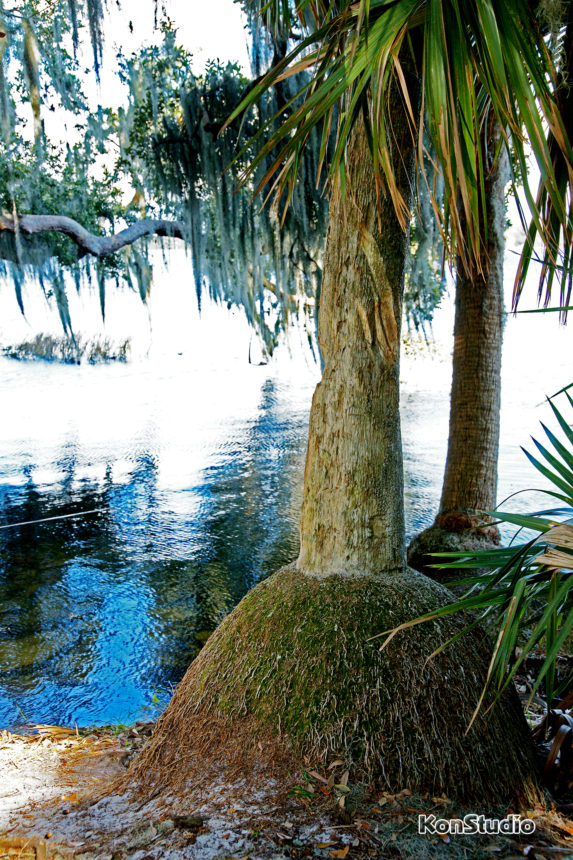
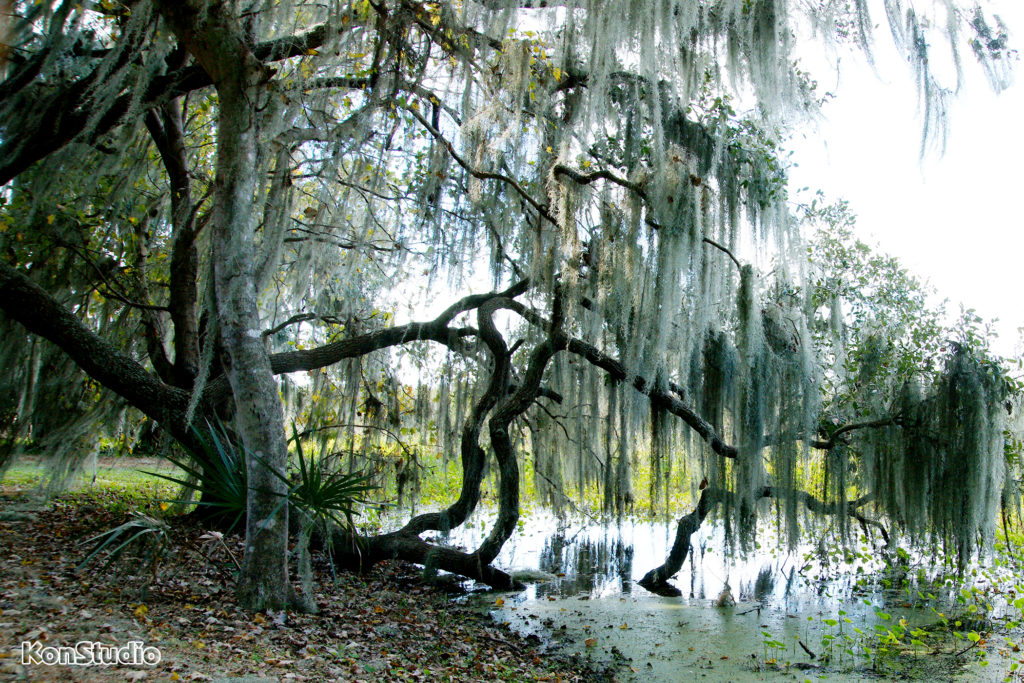
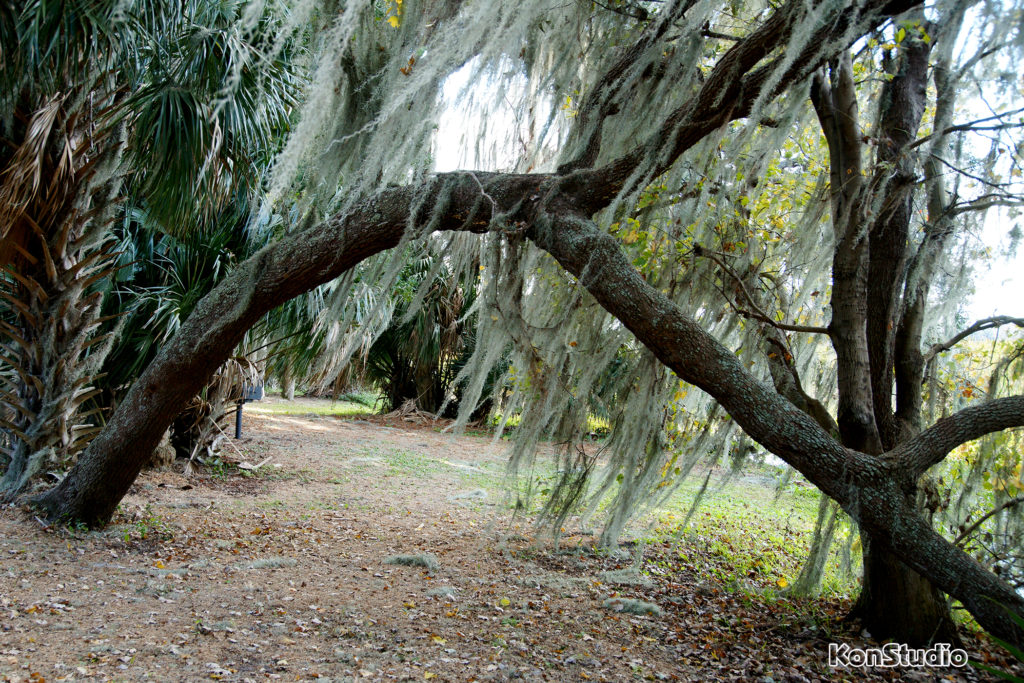
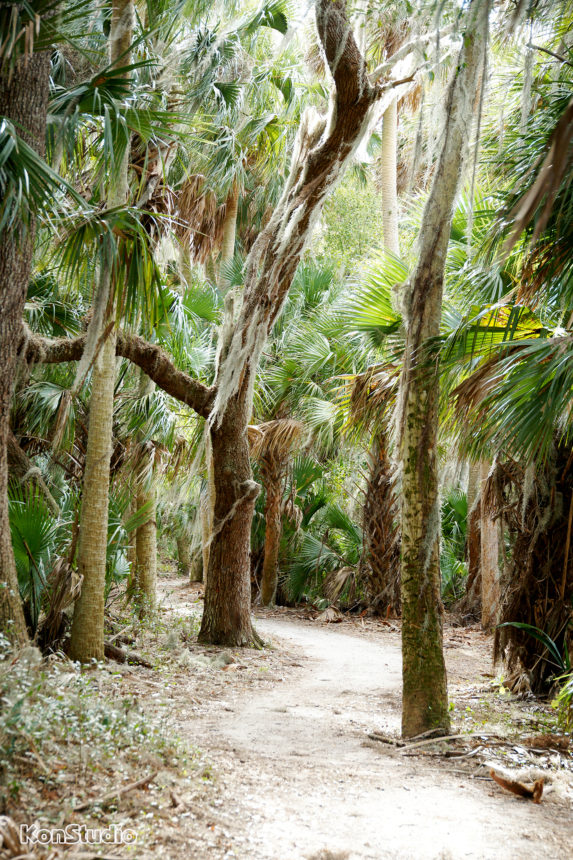
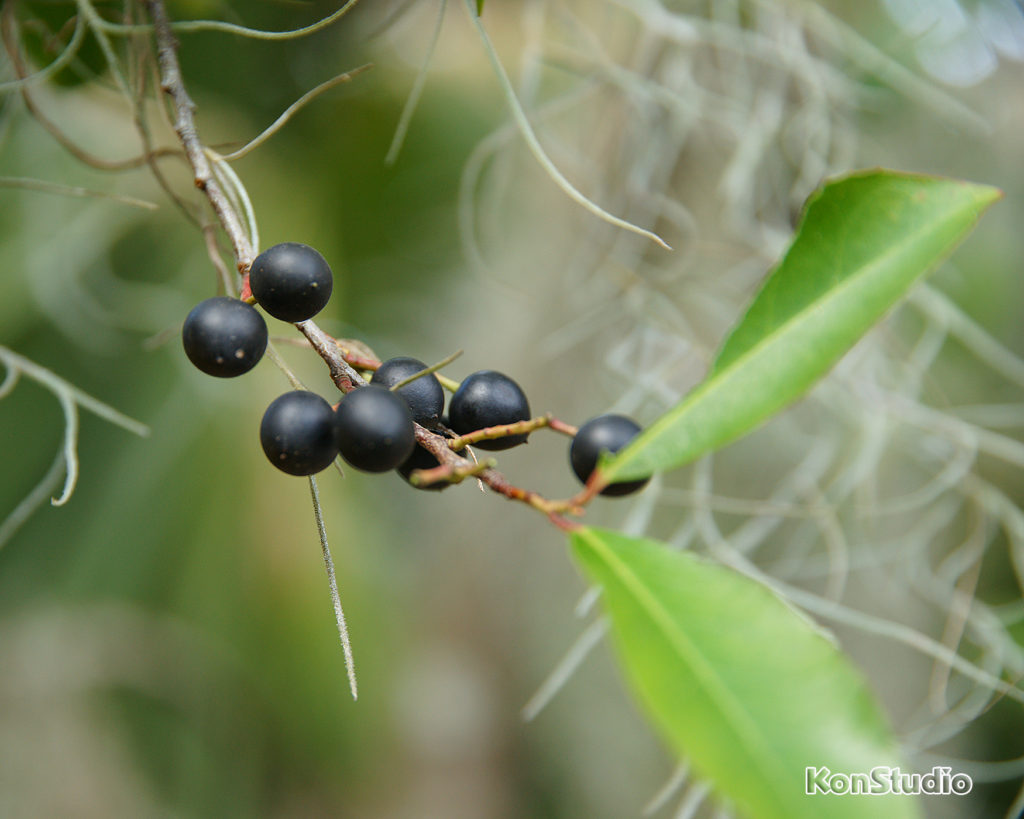
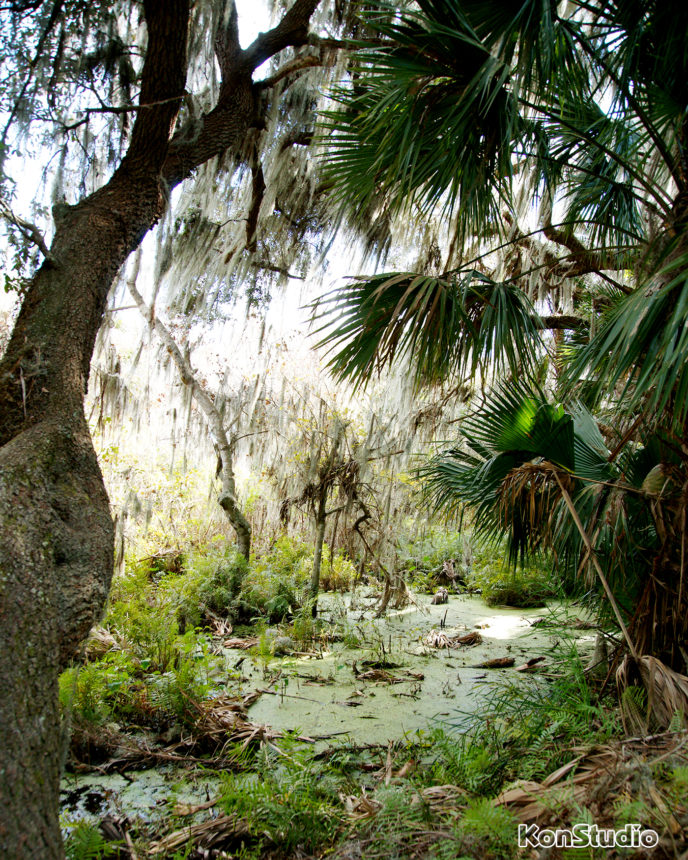
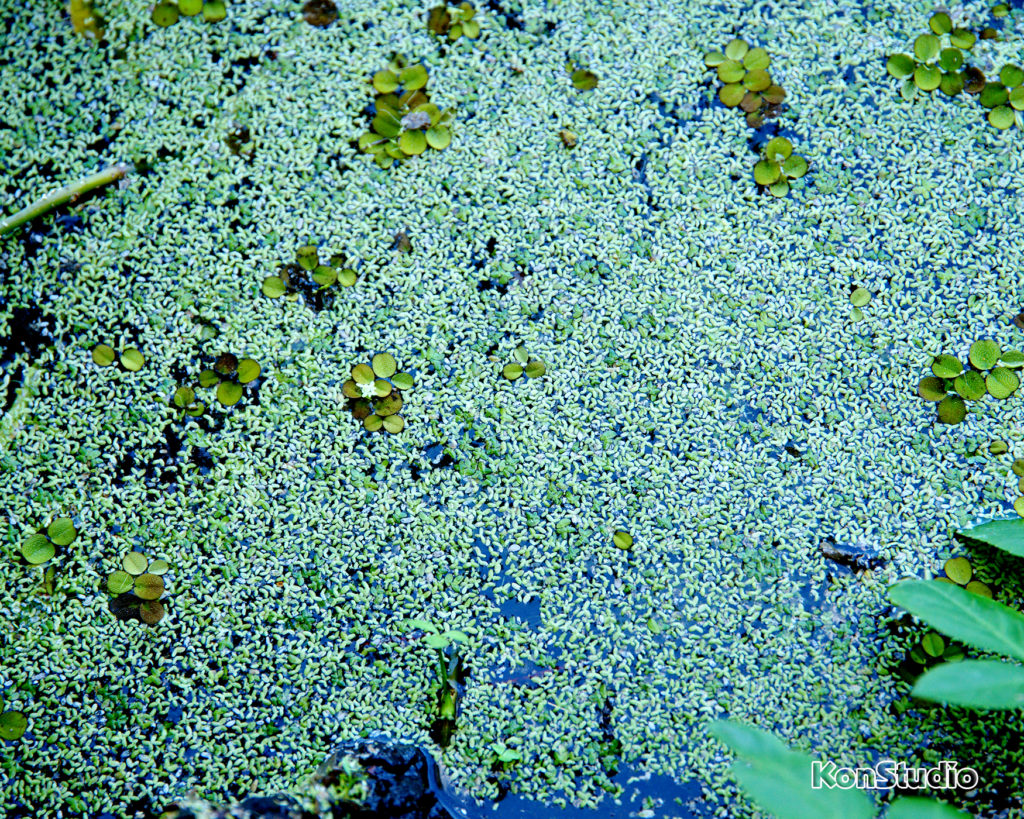
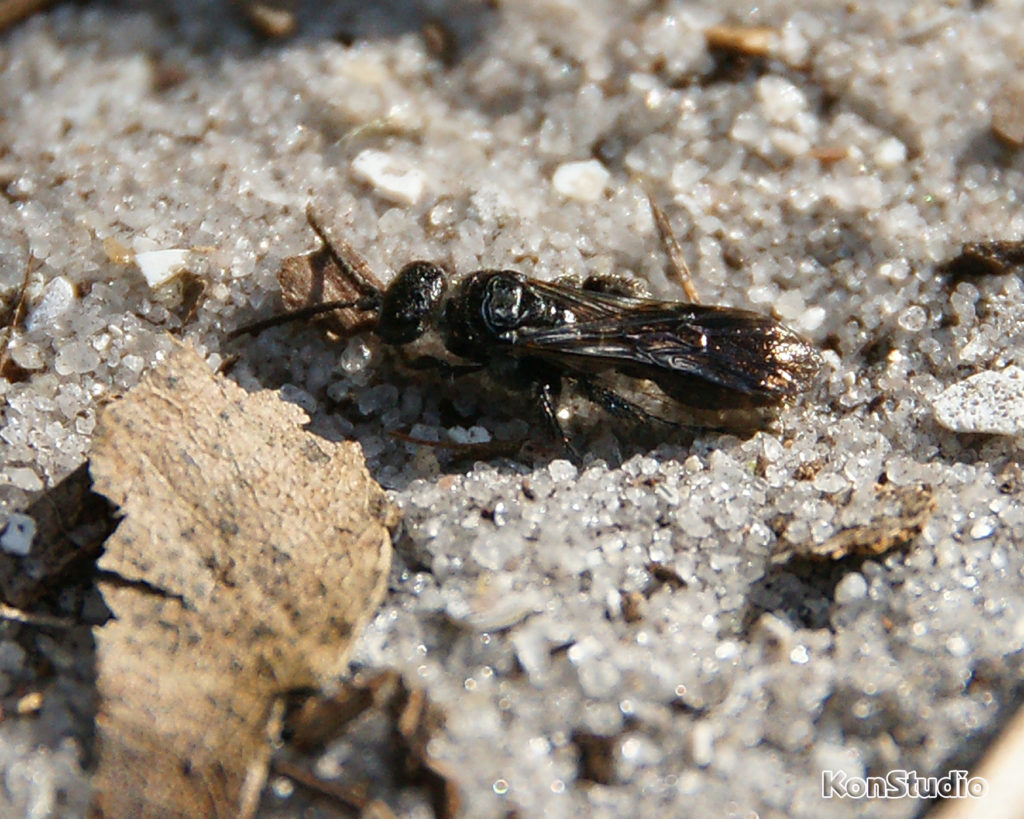

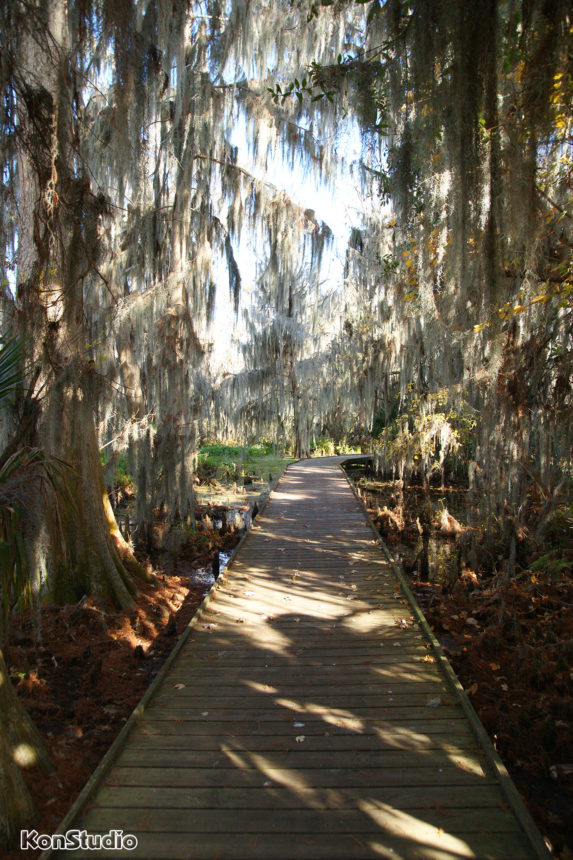

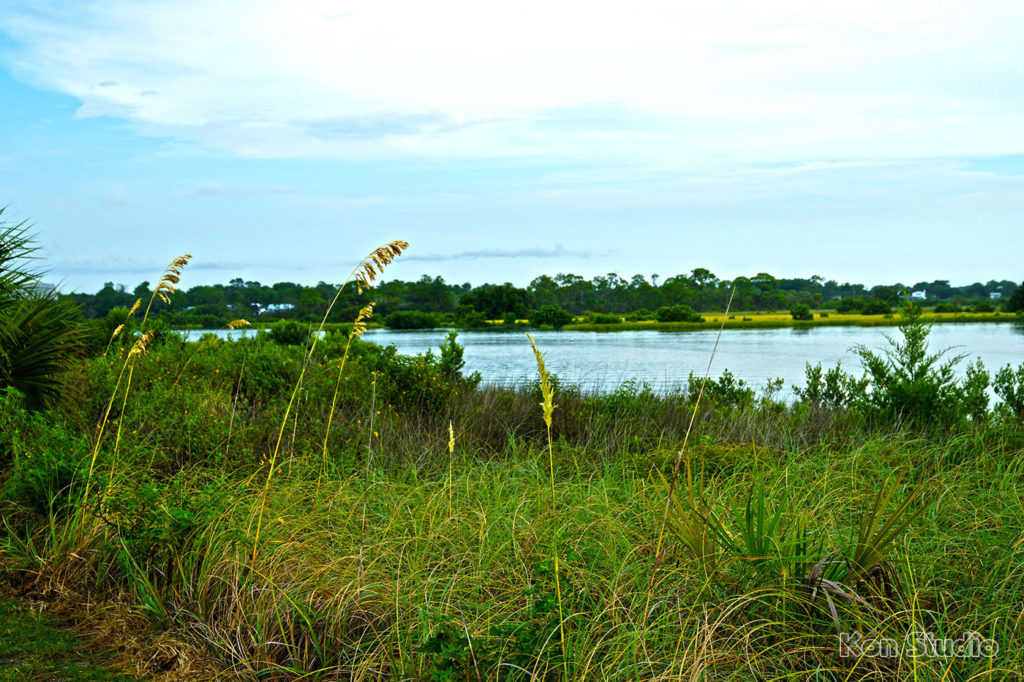
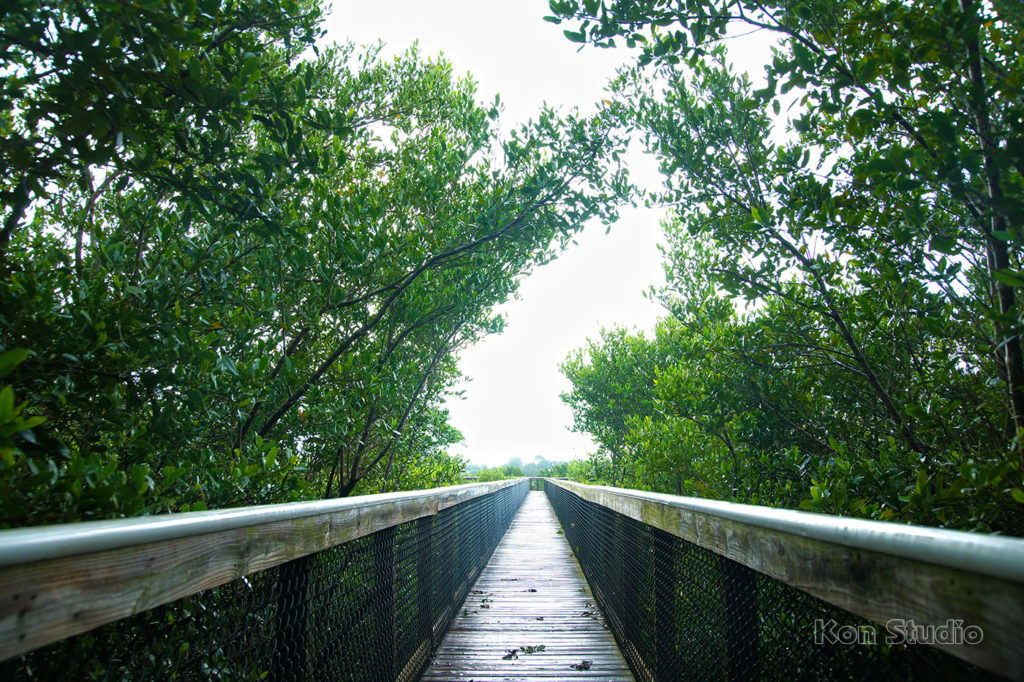
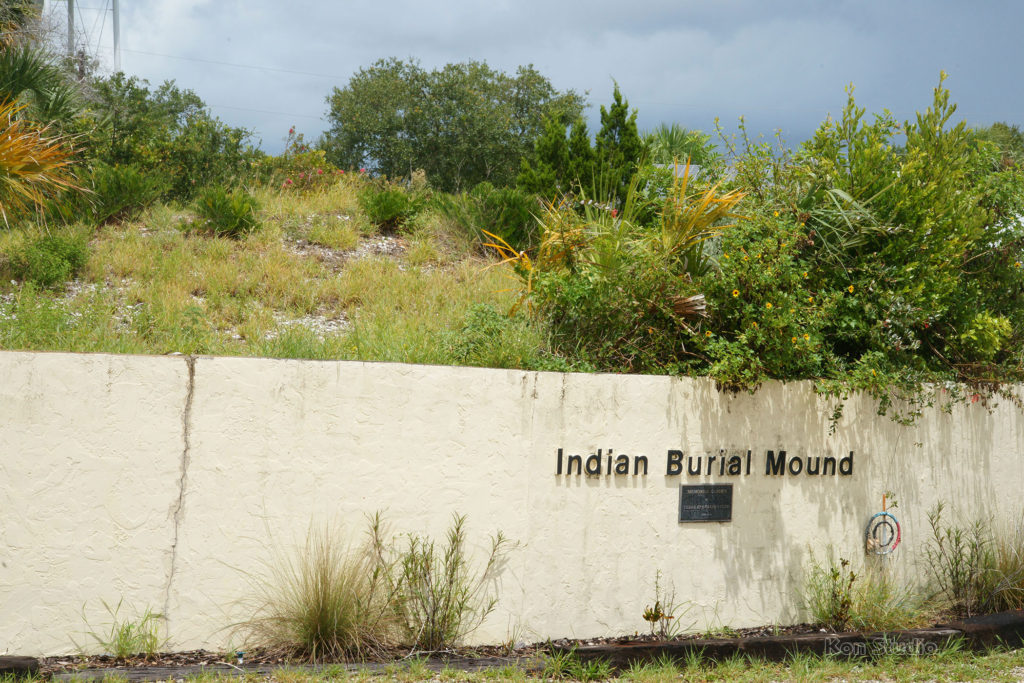
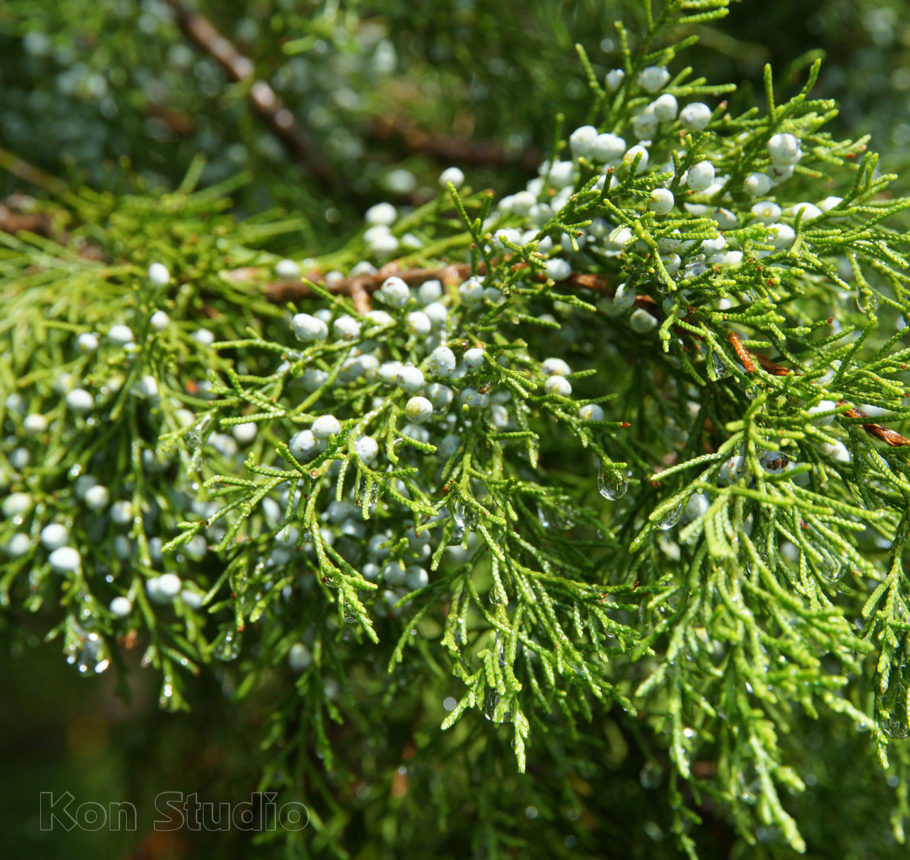
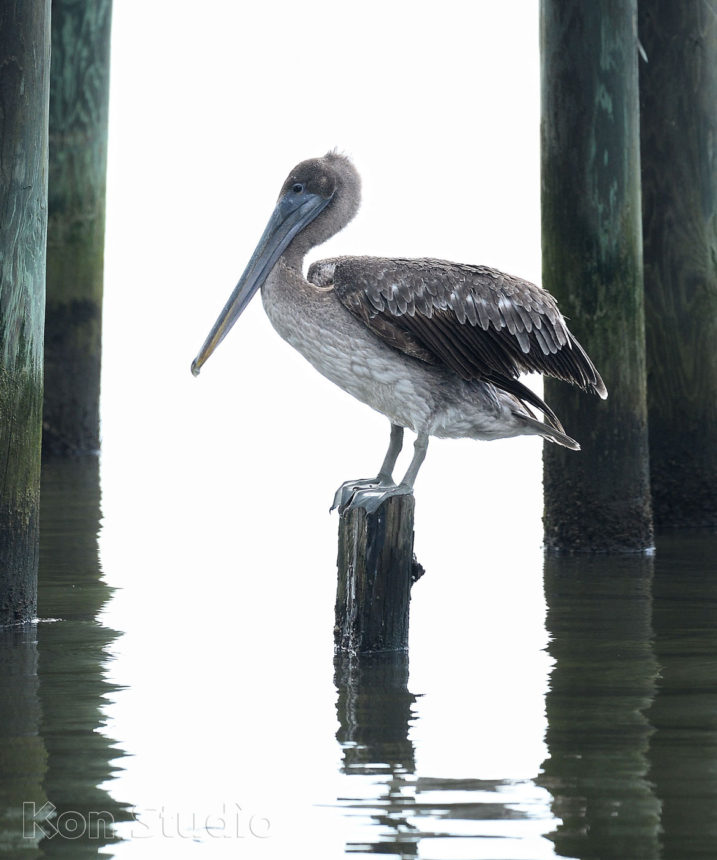
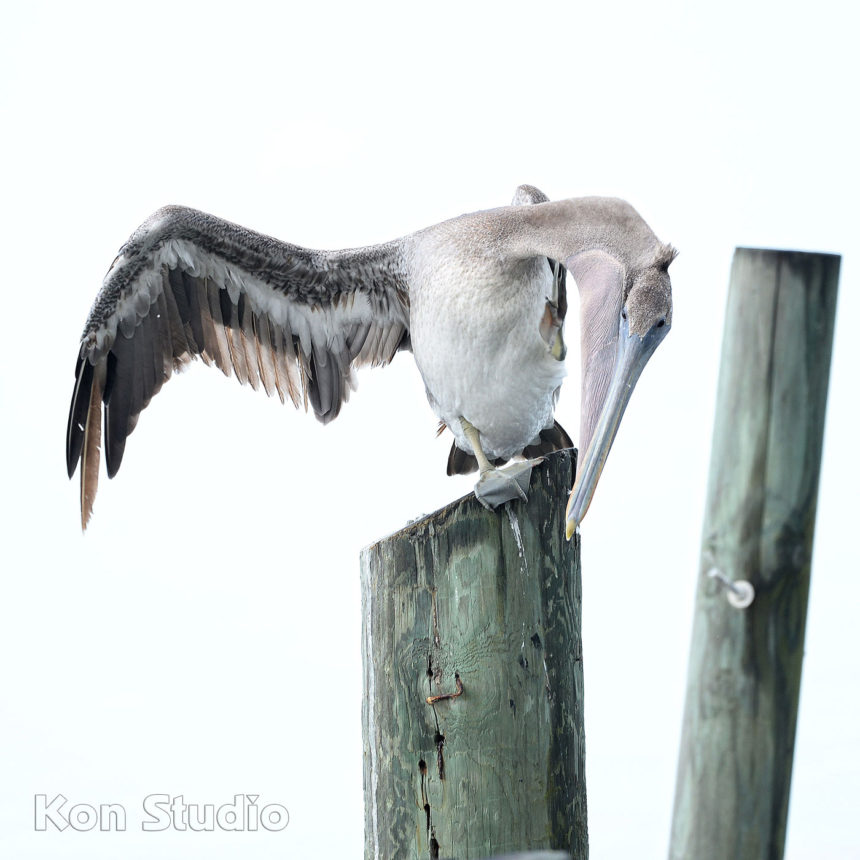
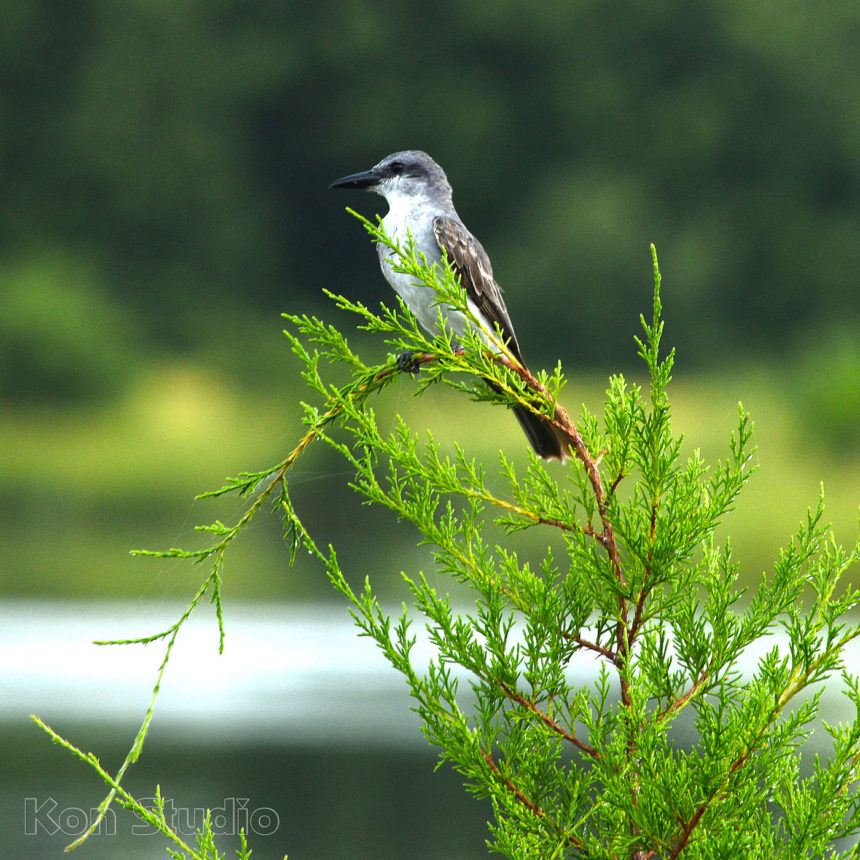
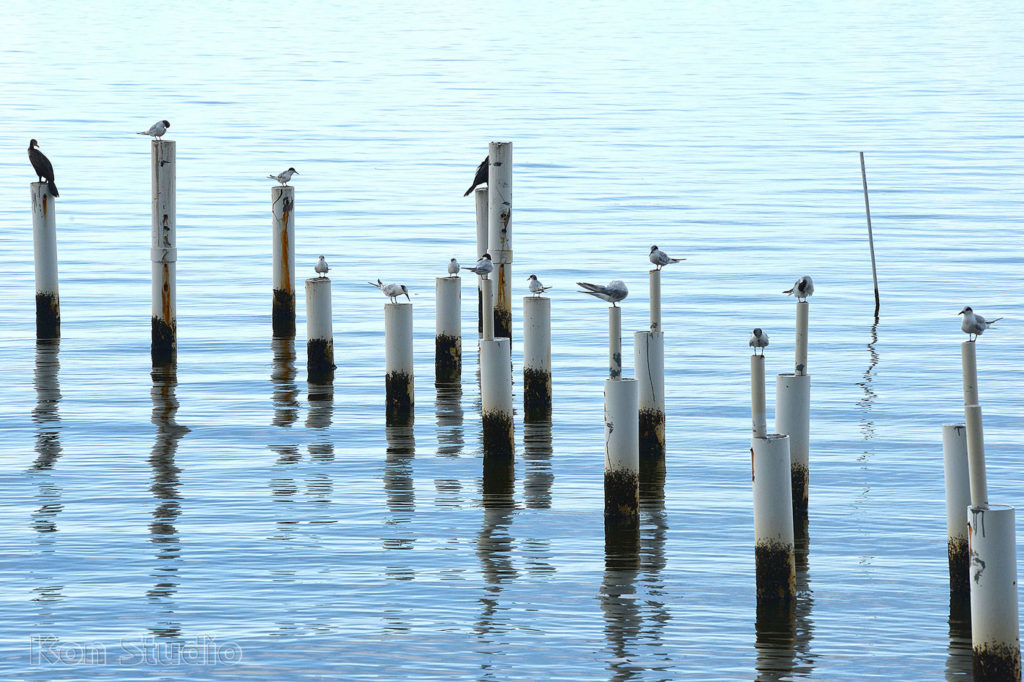
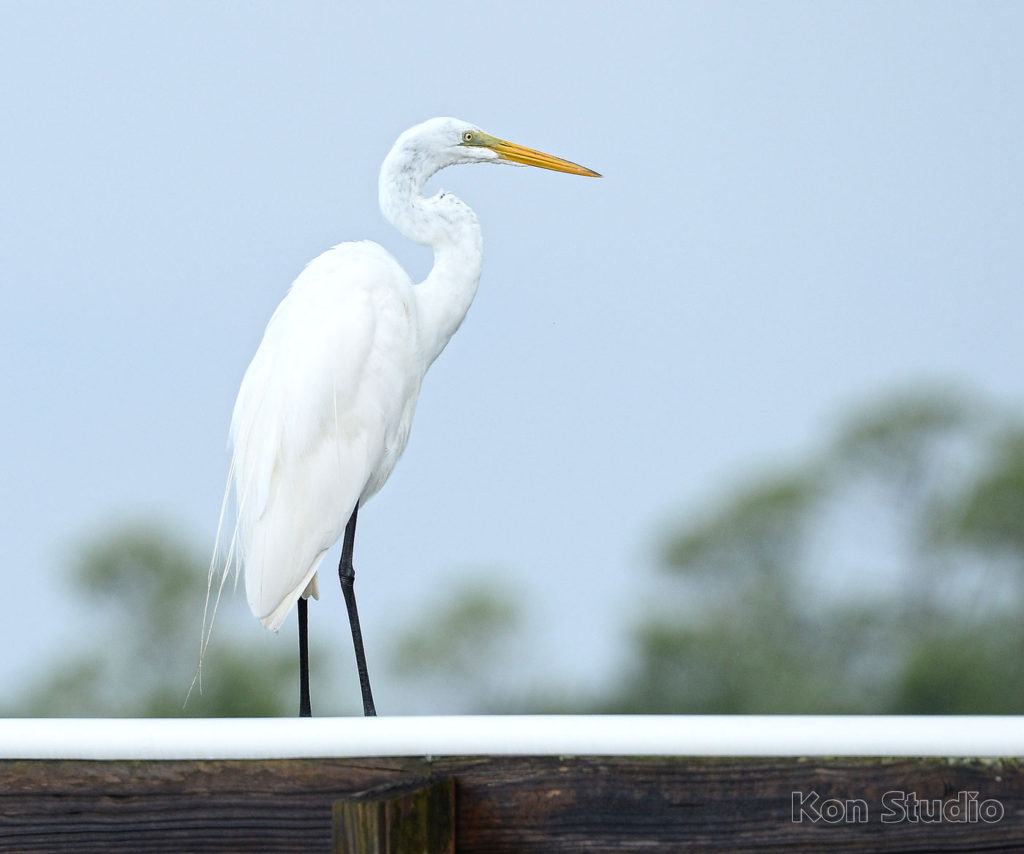
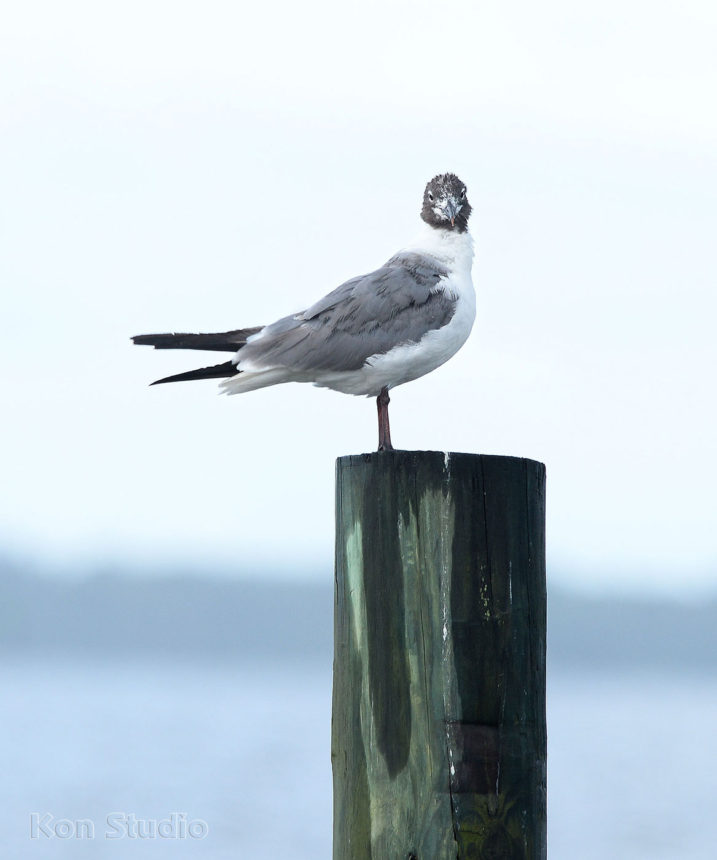
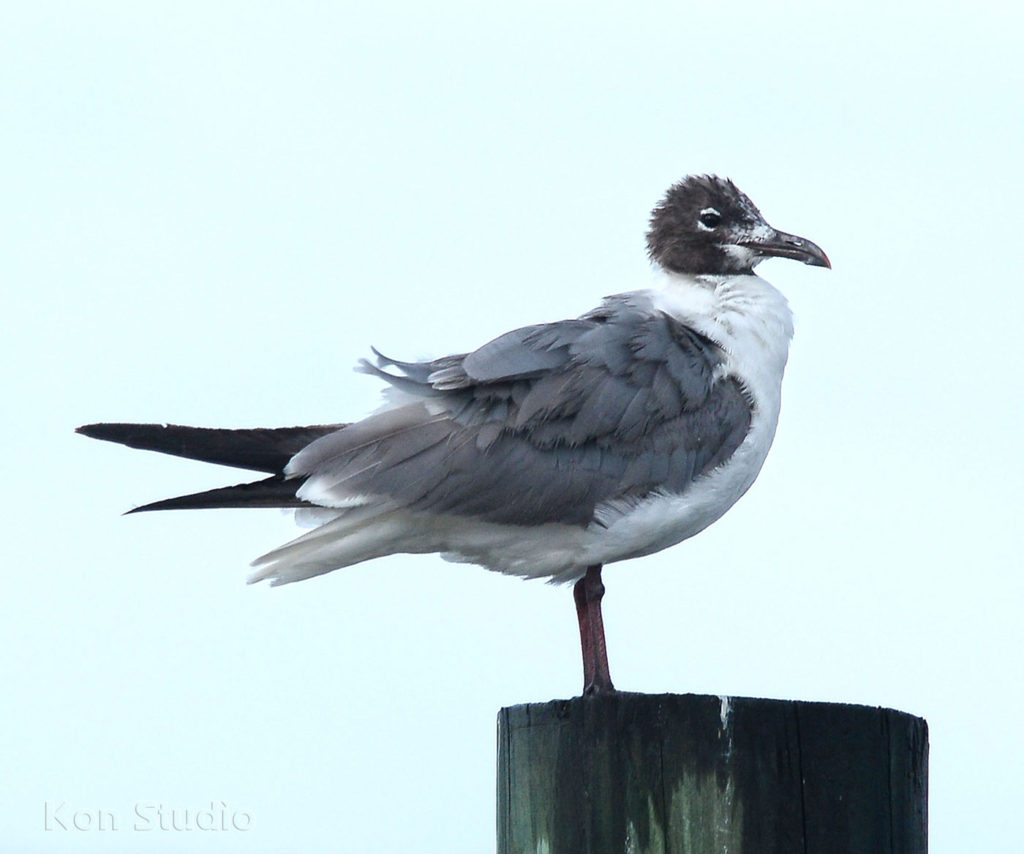
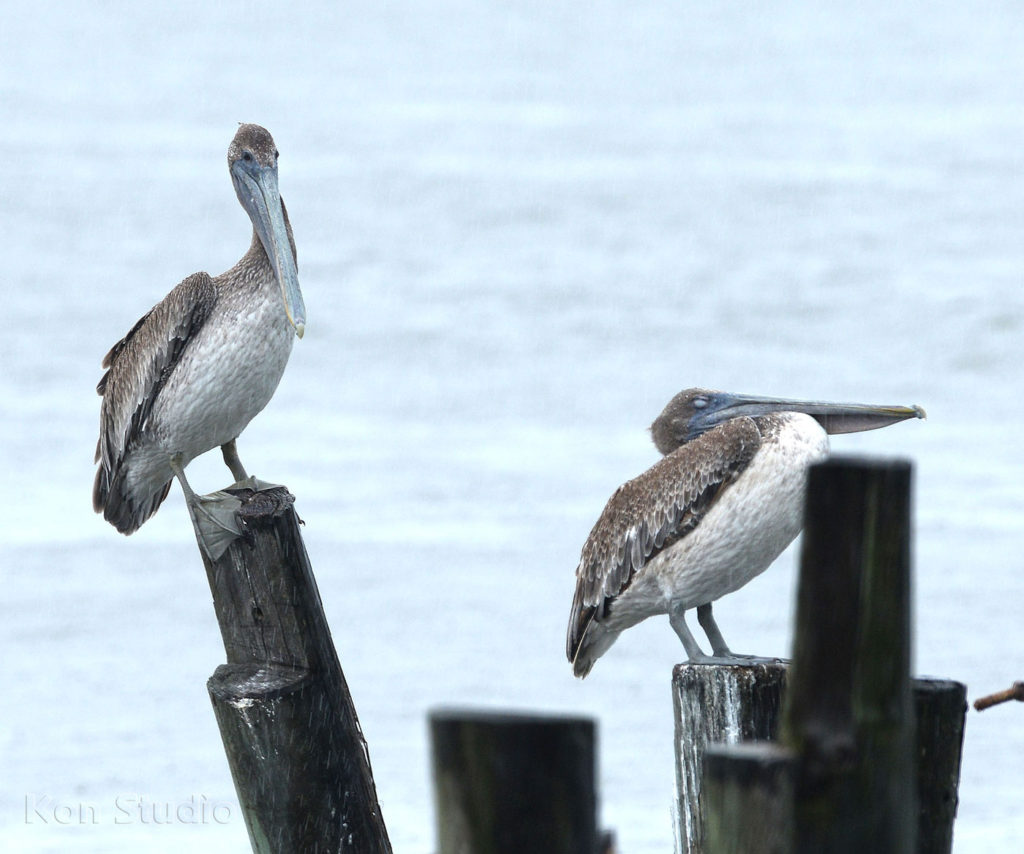
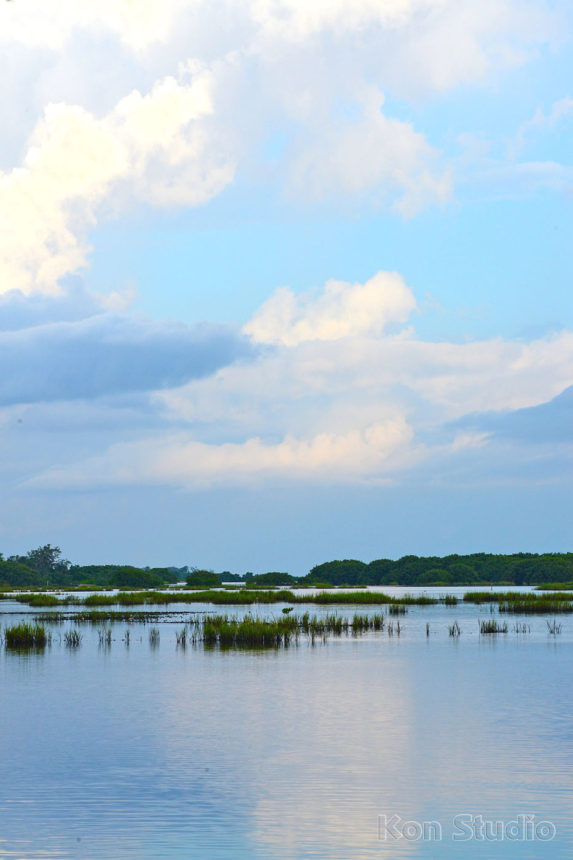
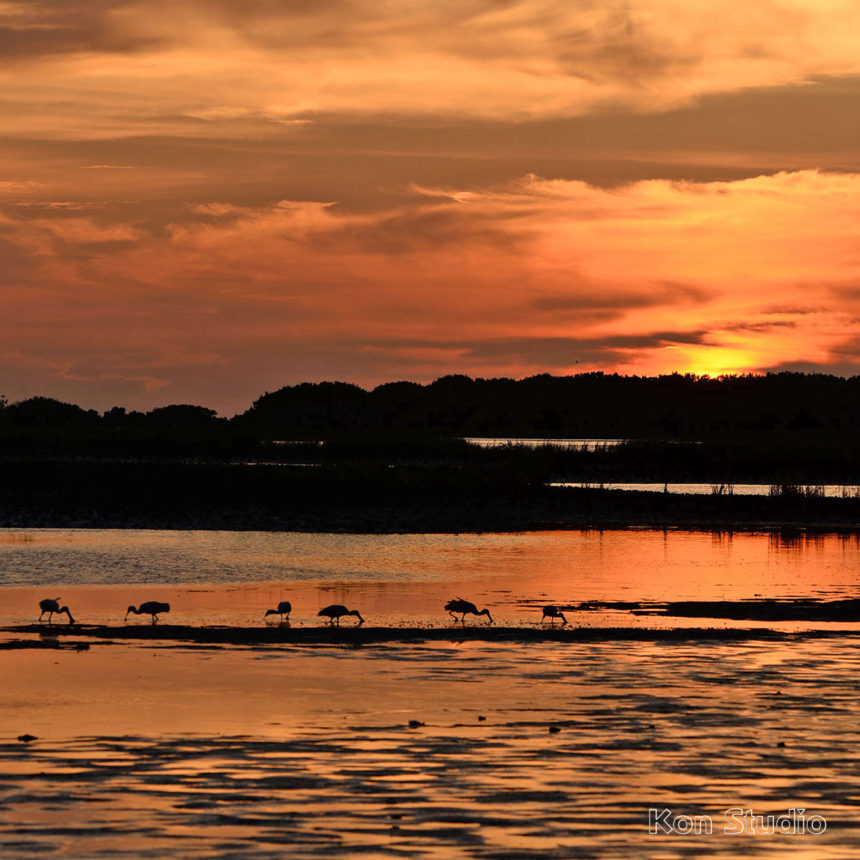
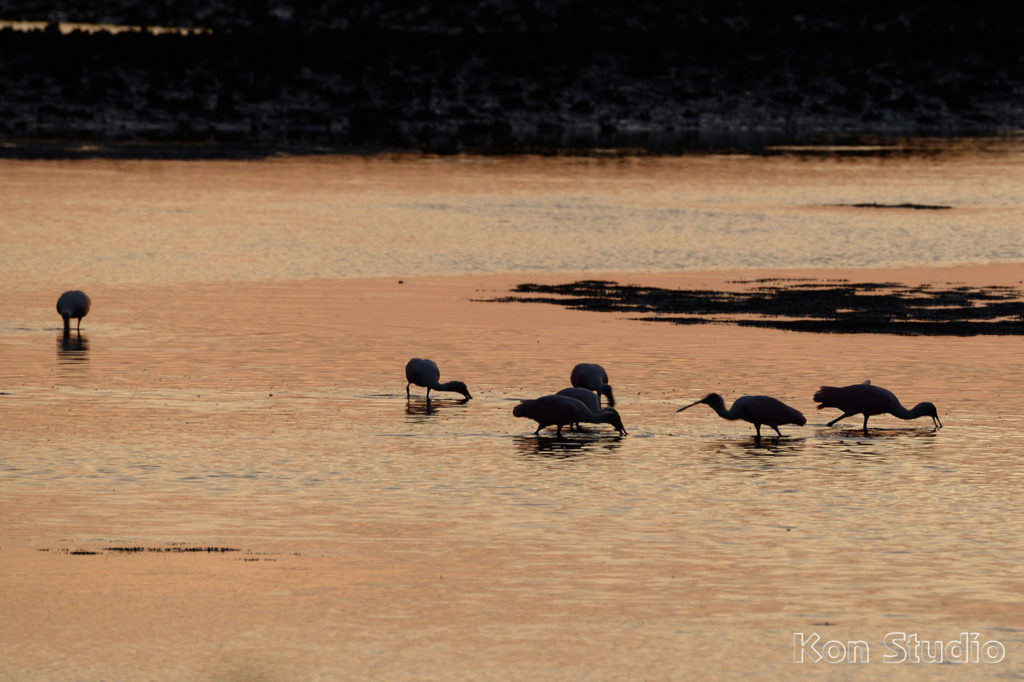
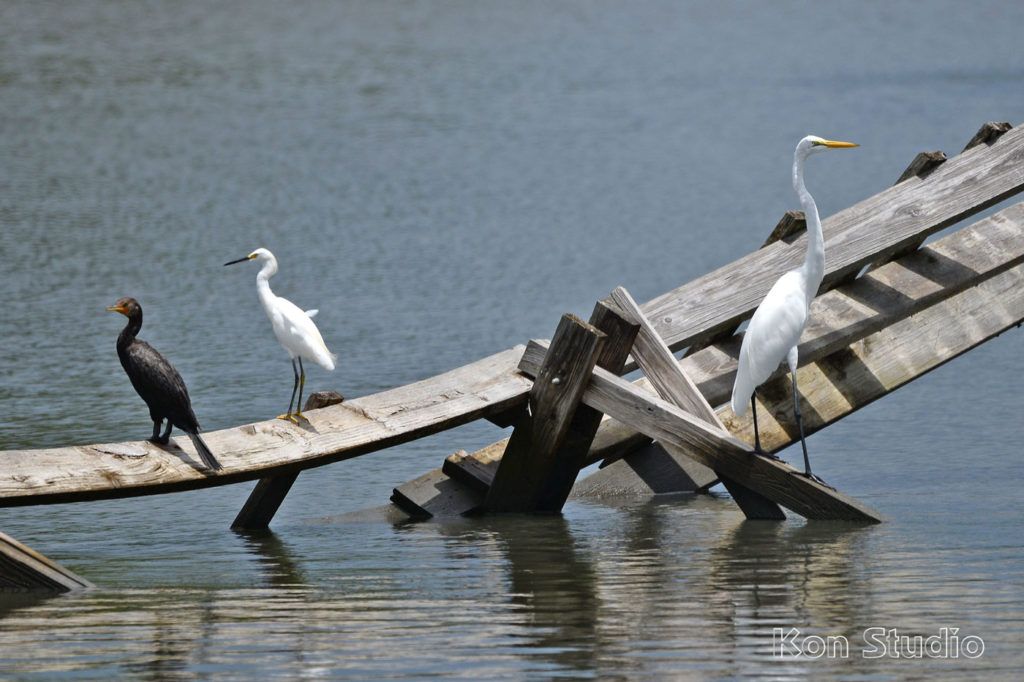
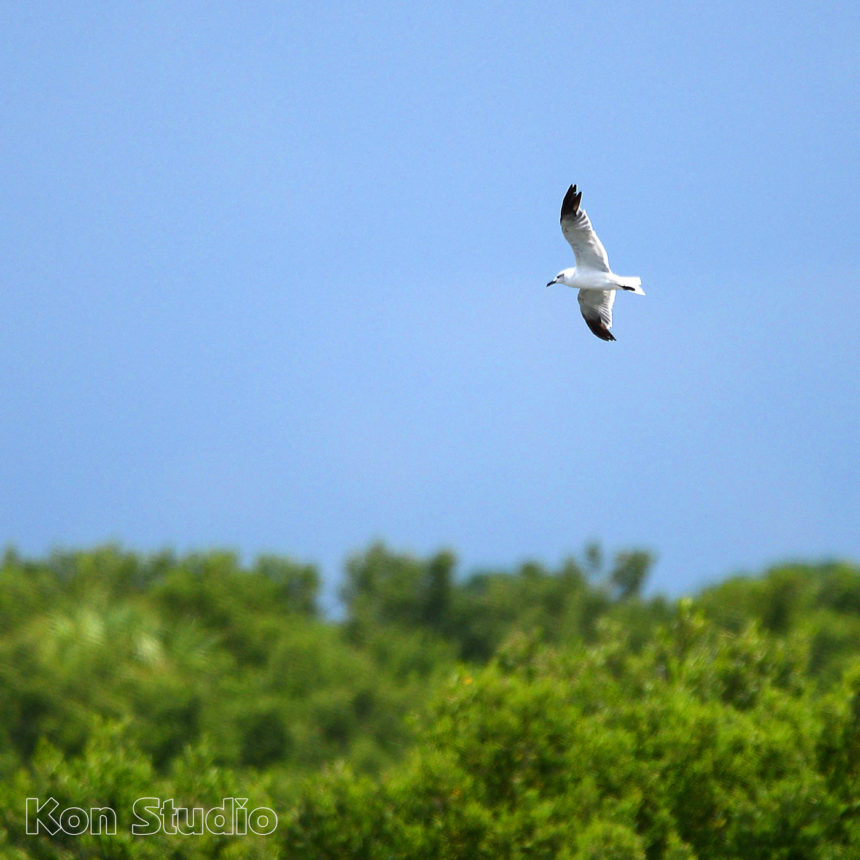
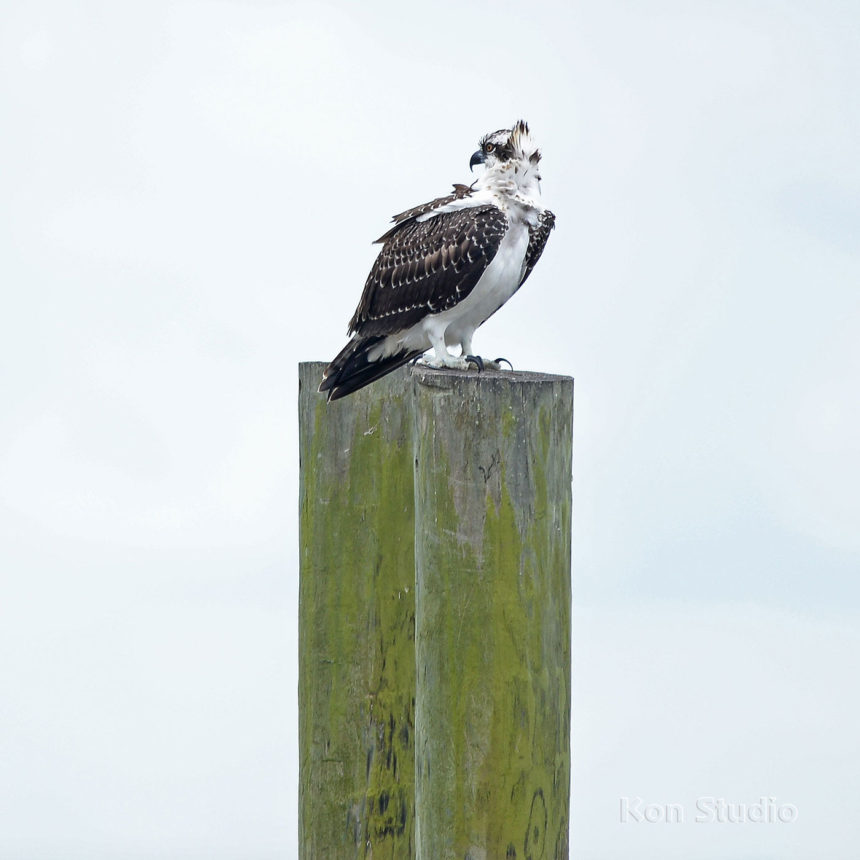
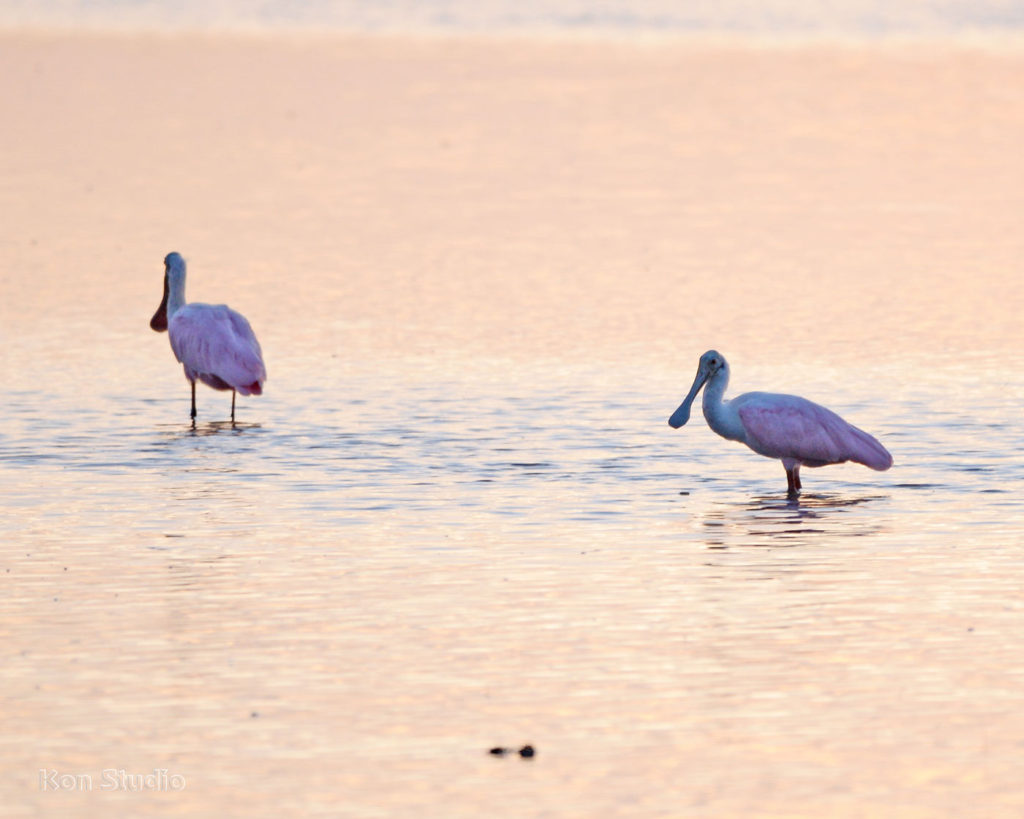
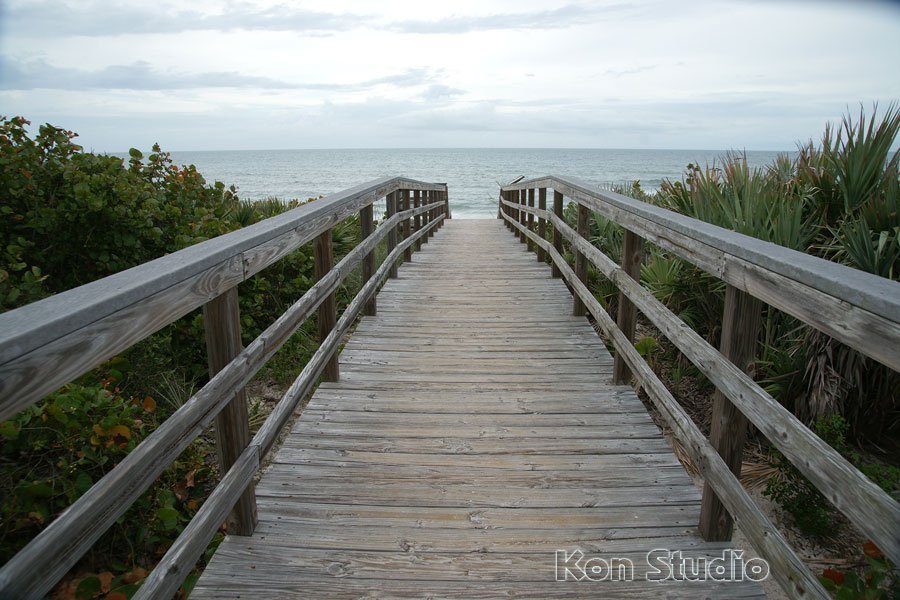
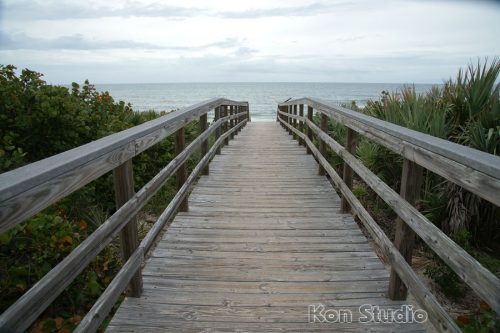
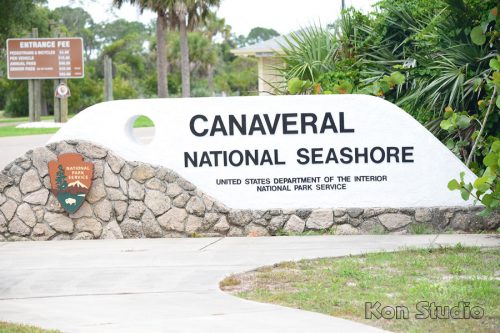
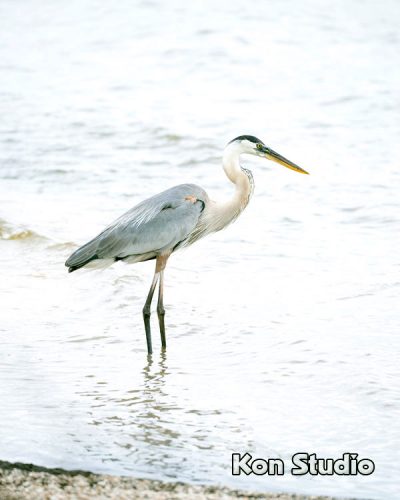
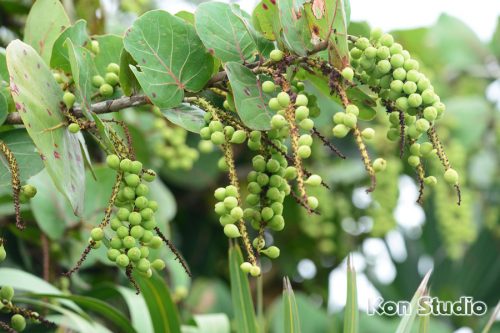

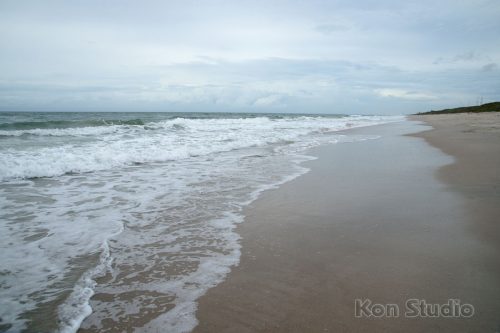
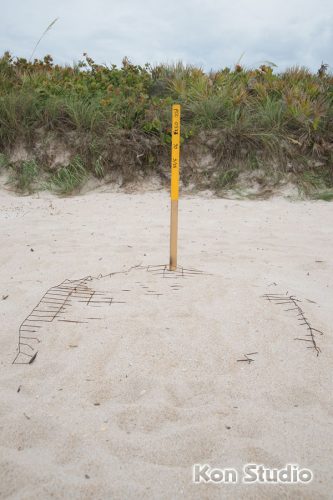
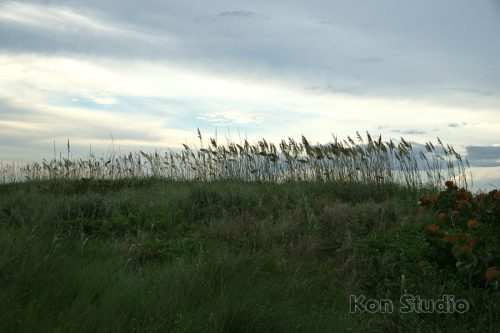

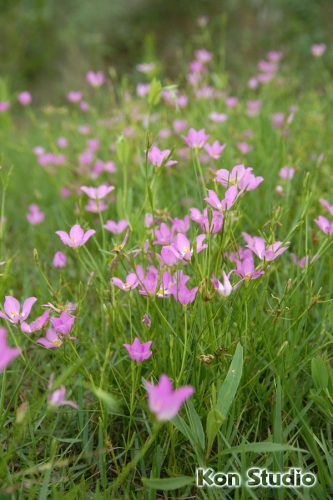
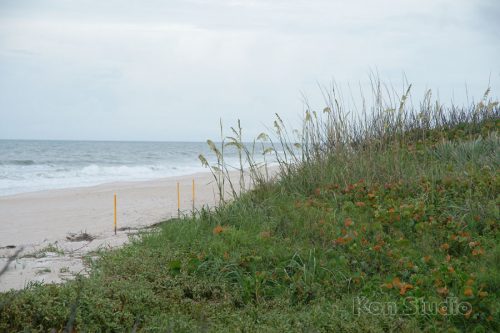
Recent Comments